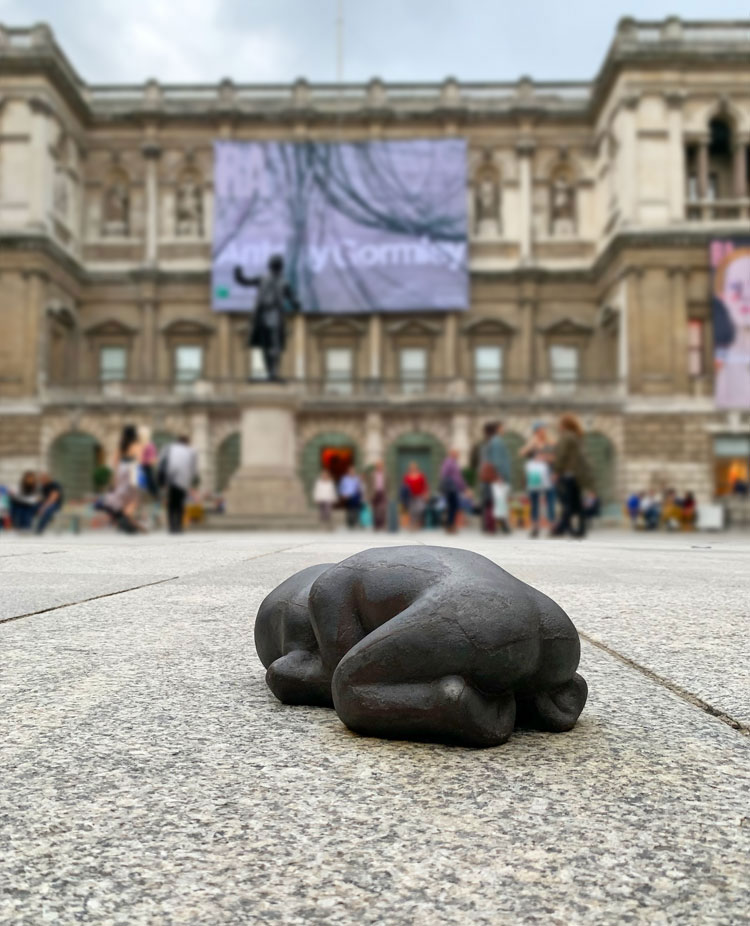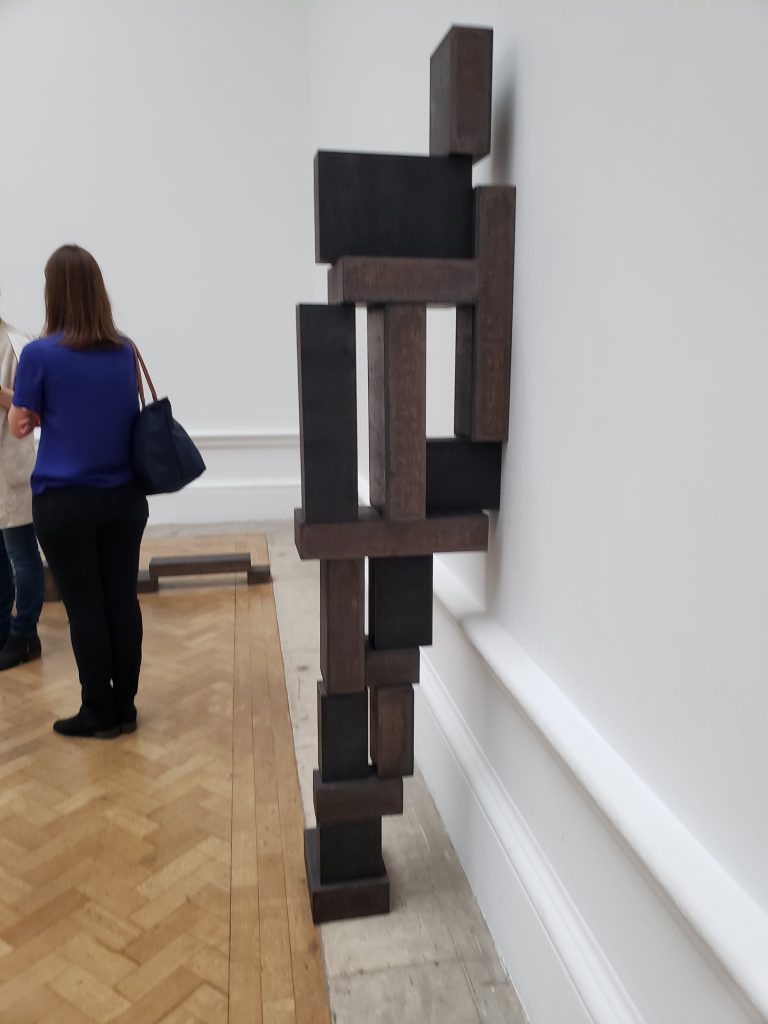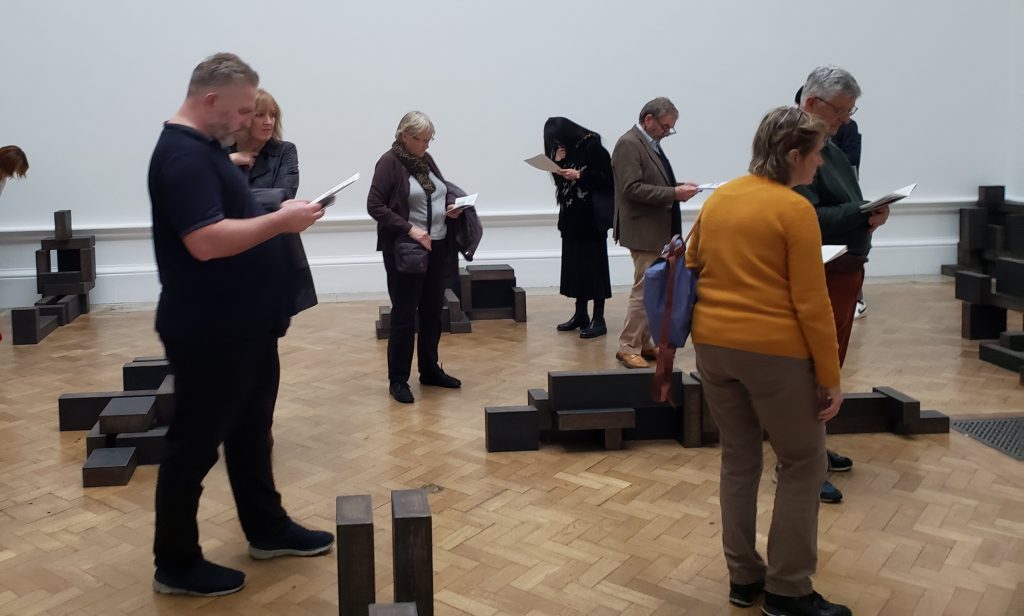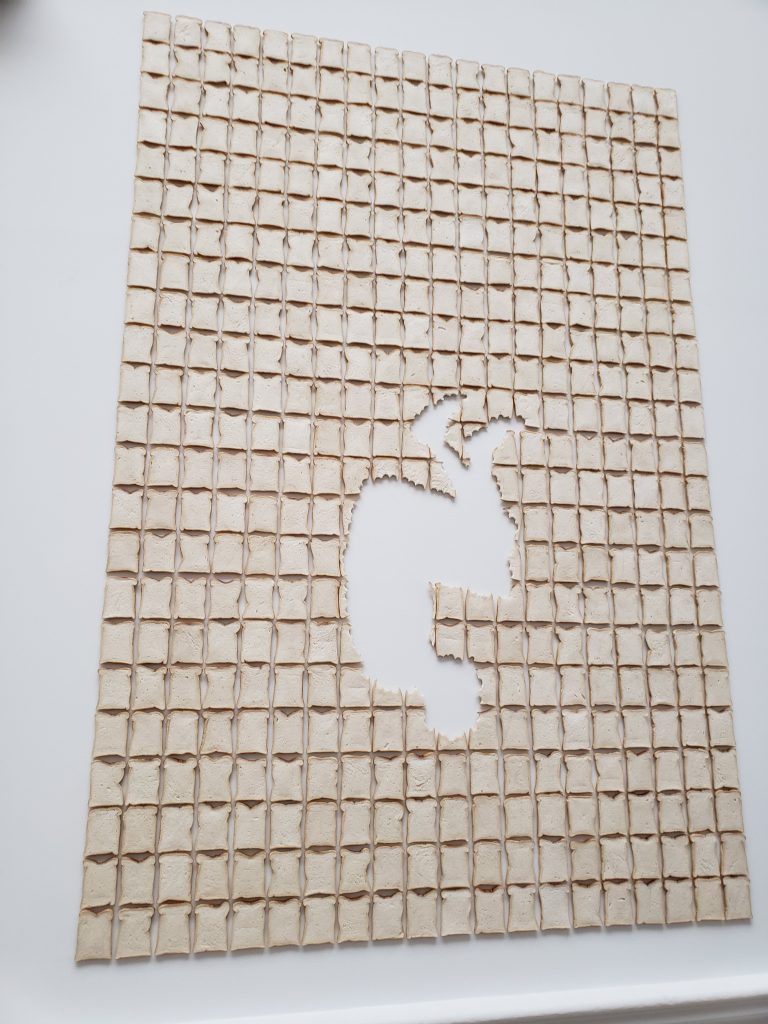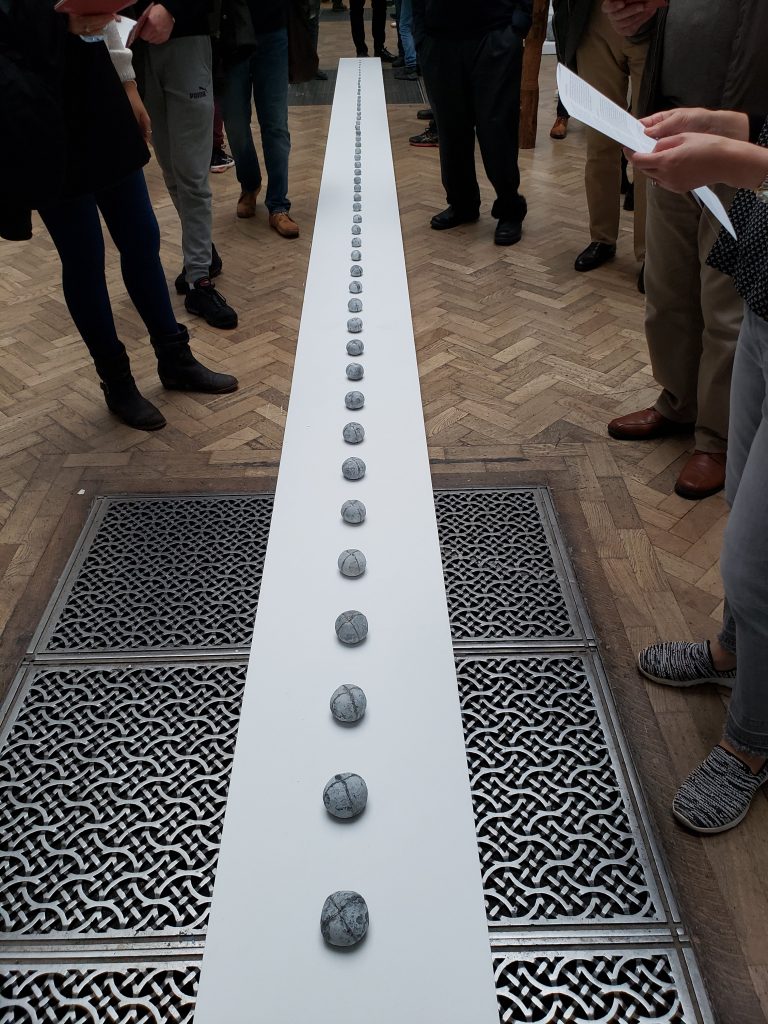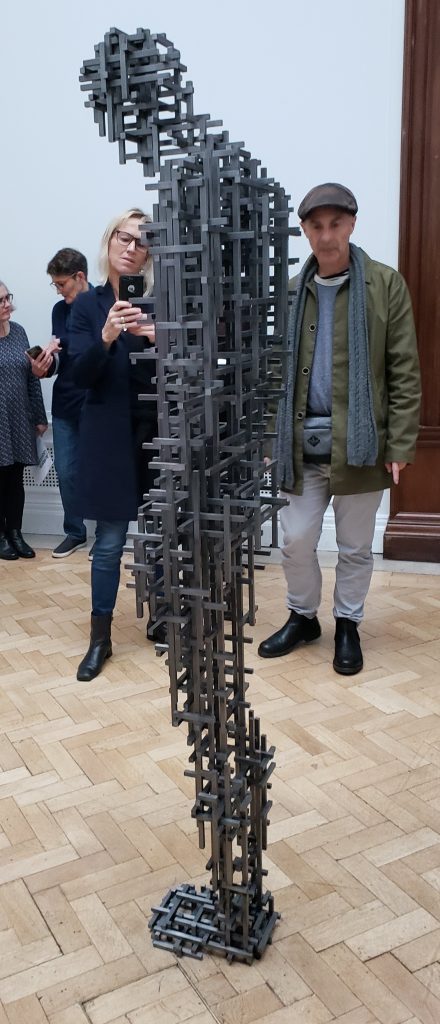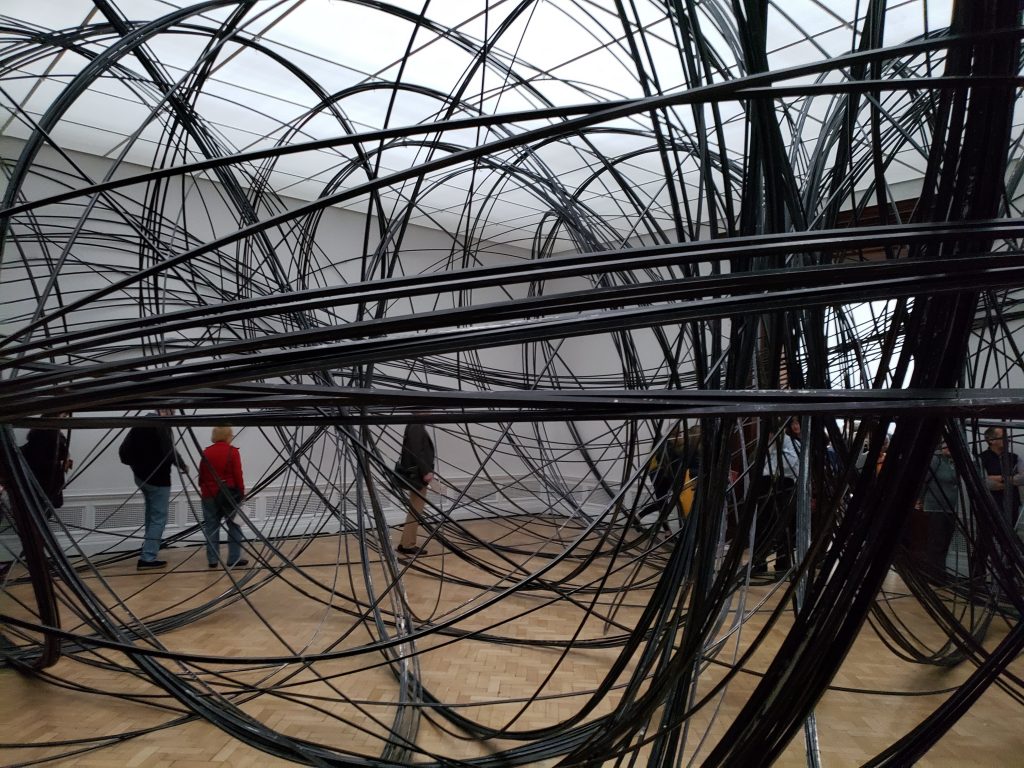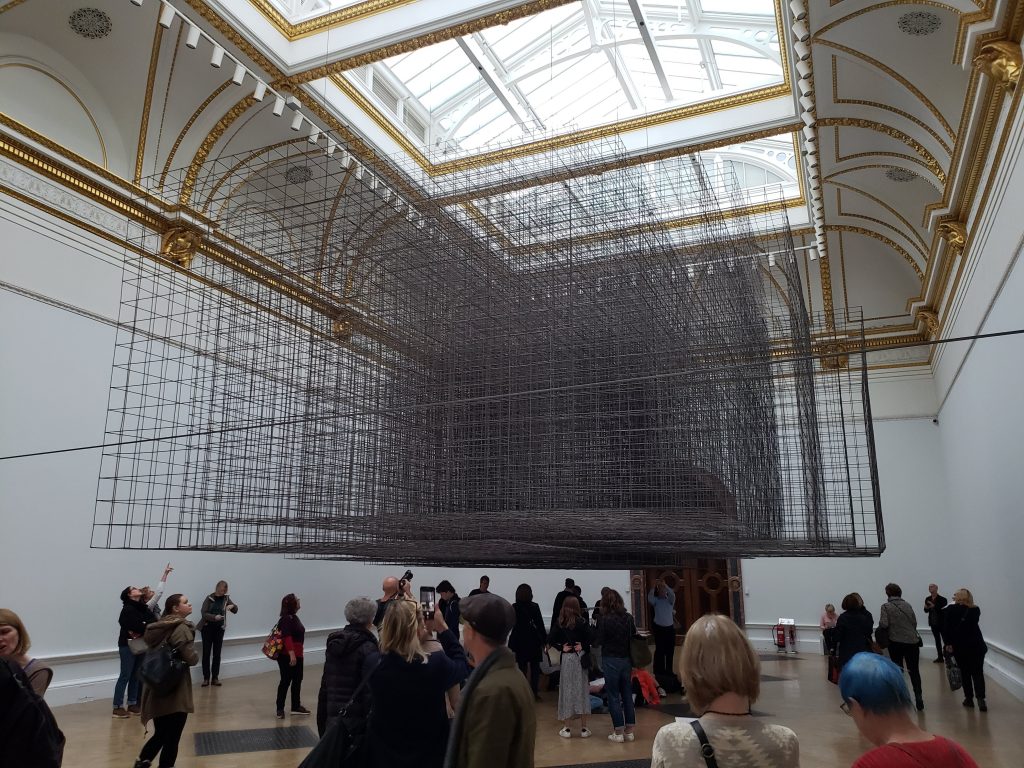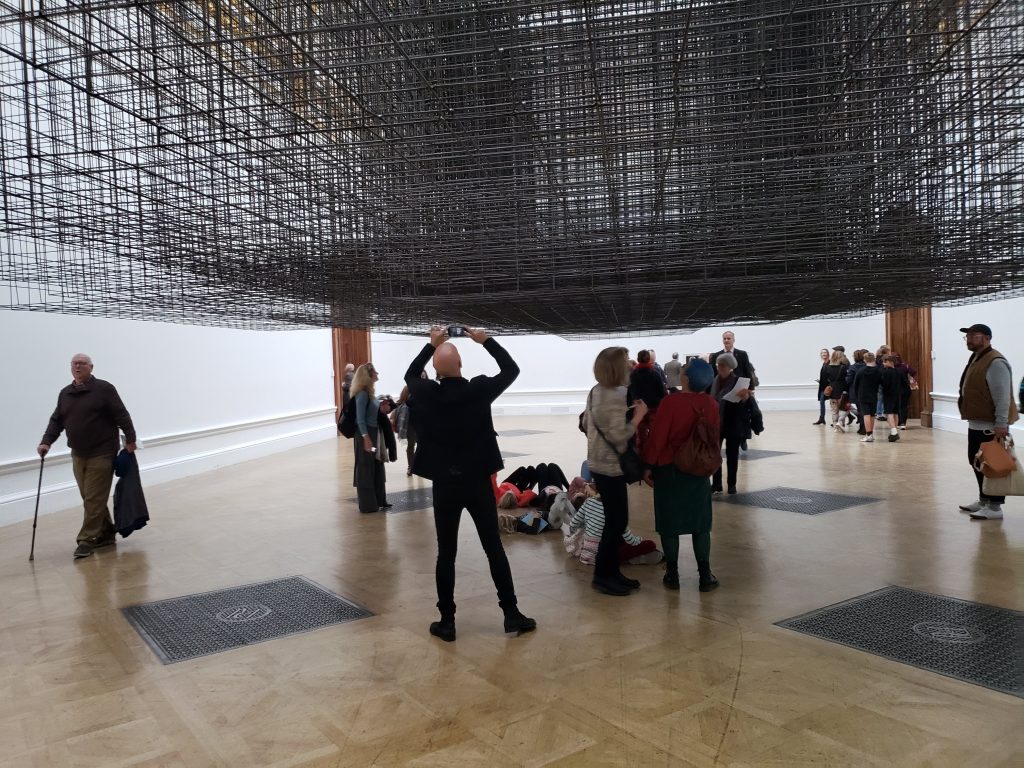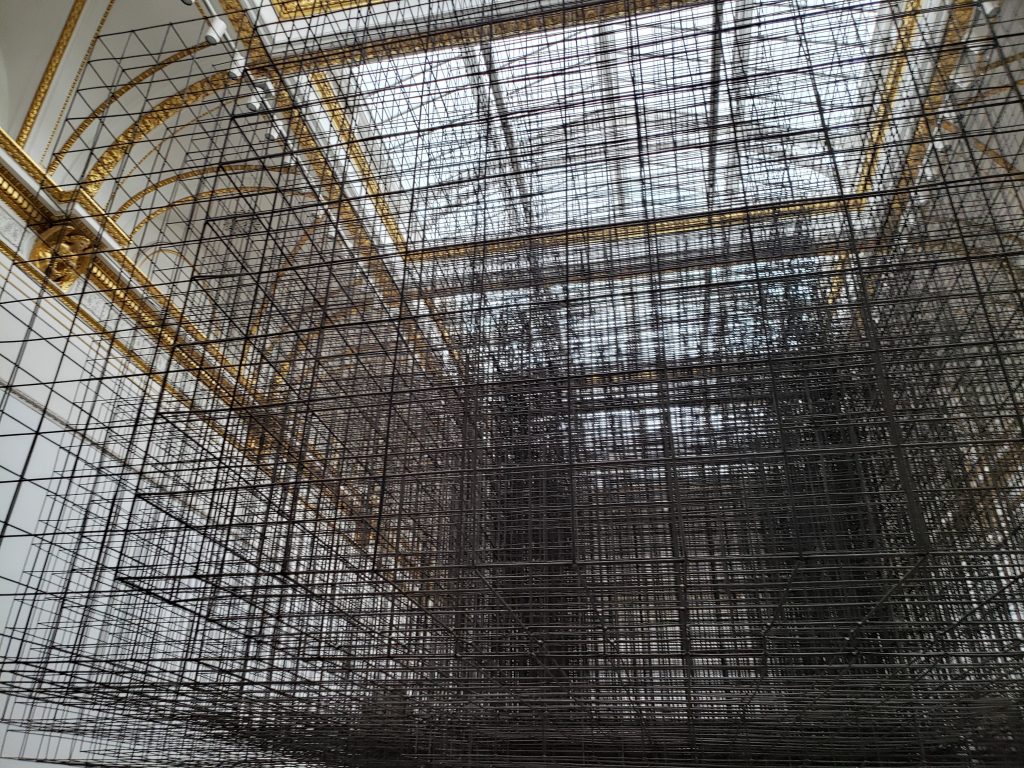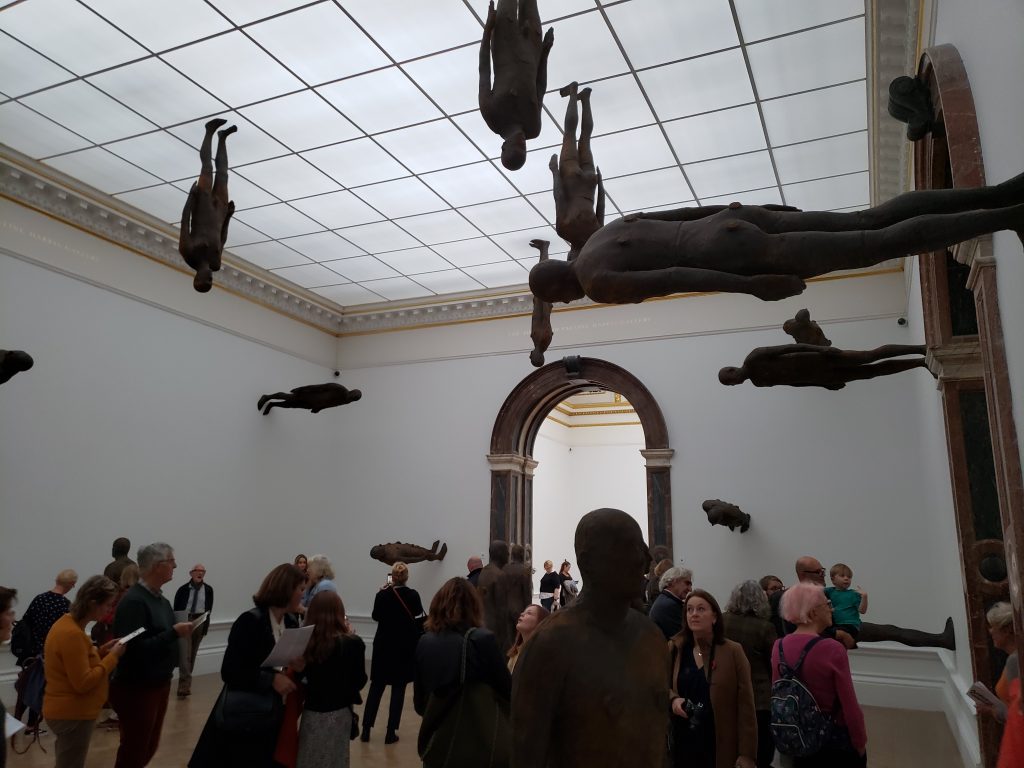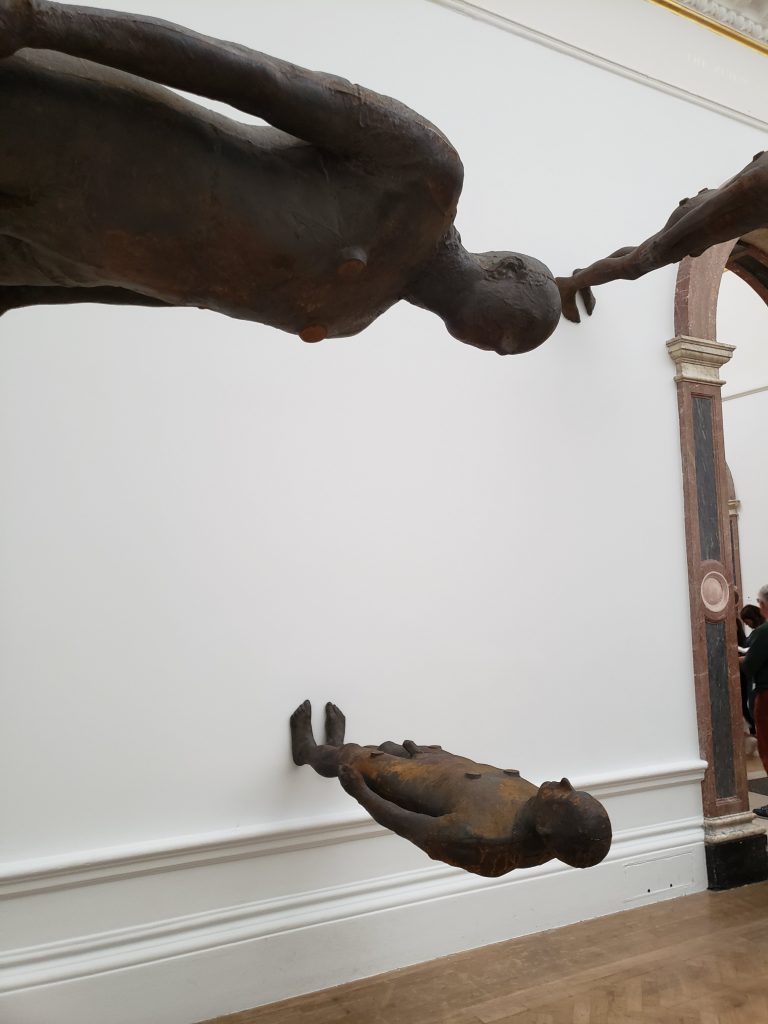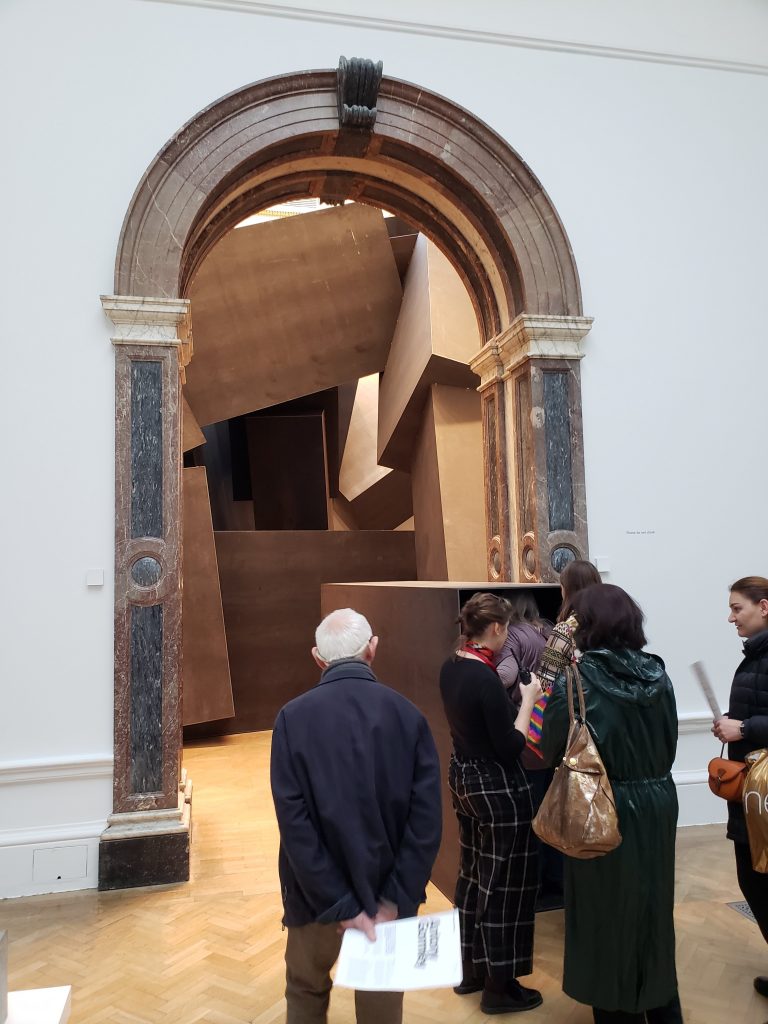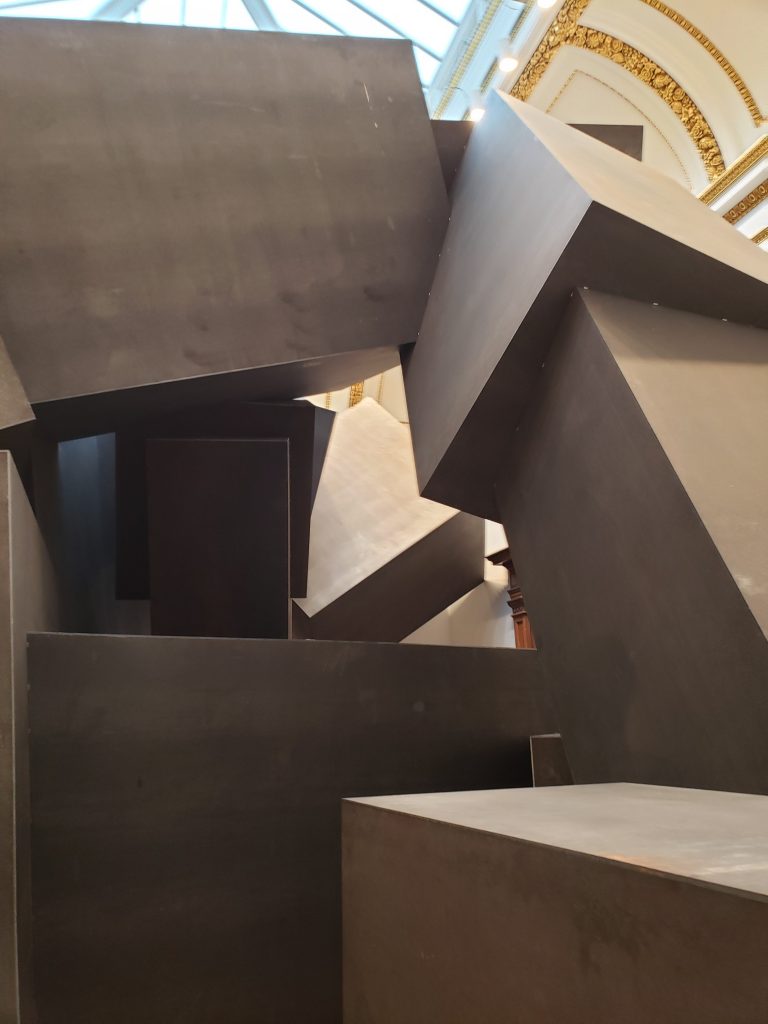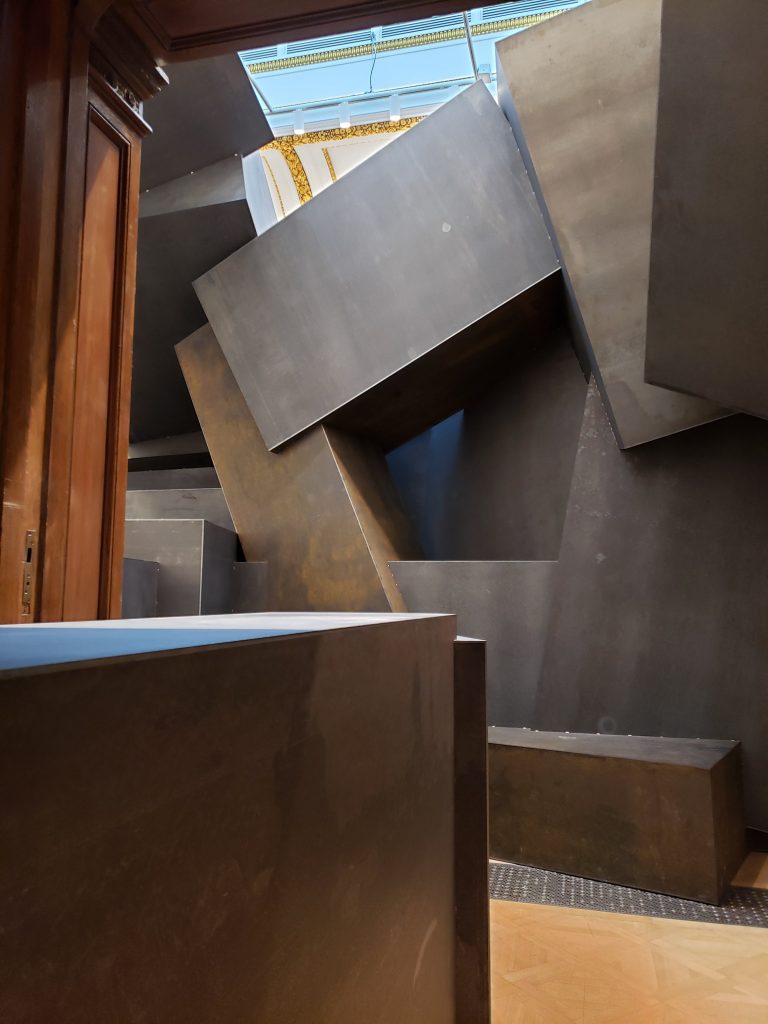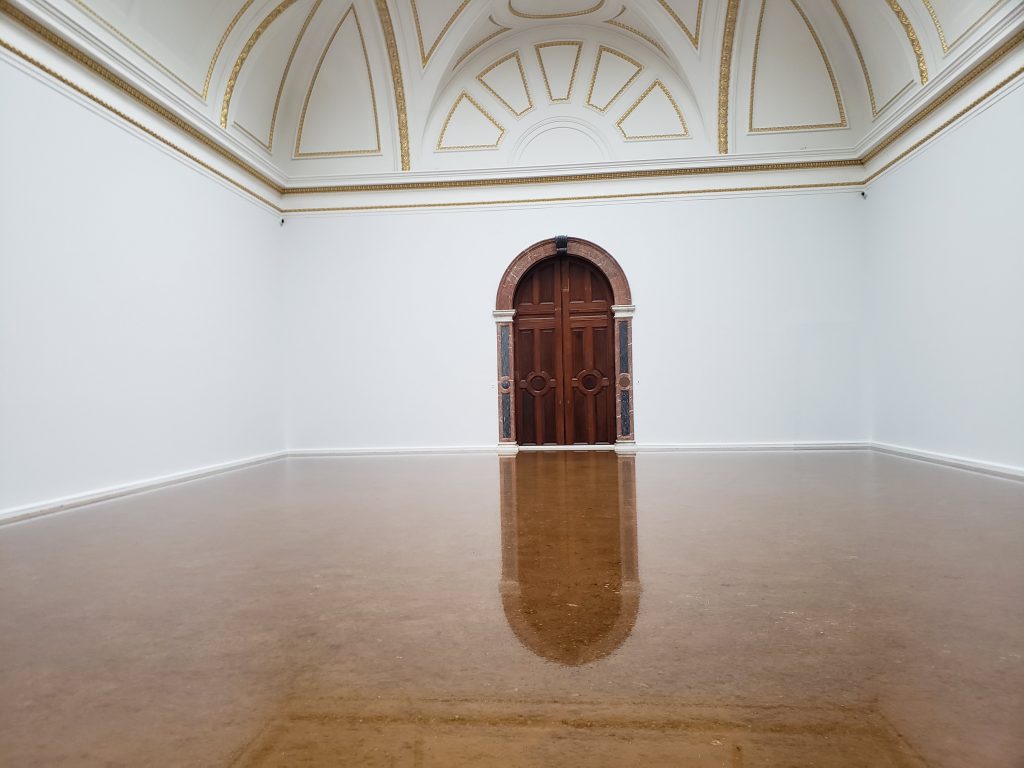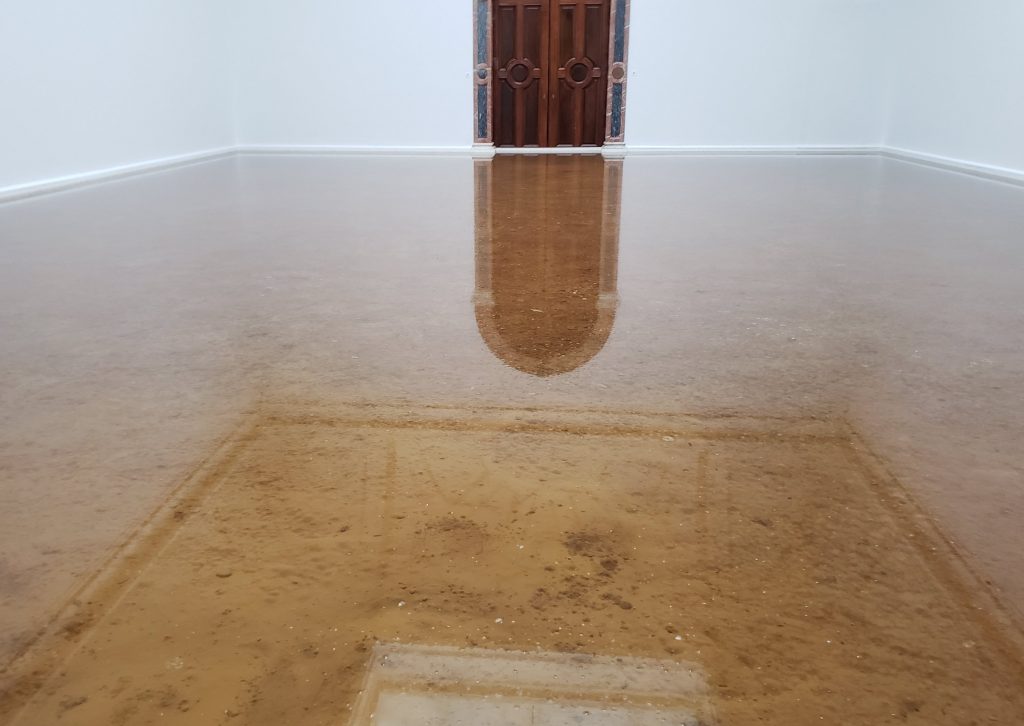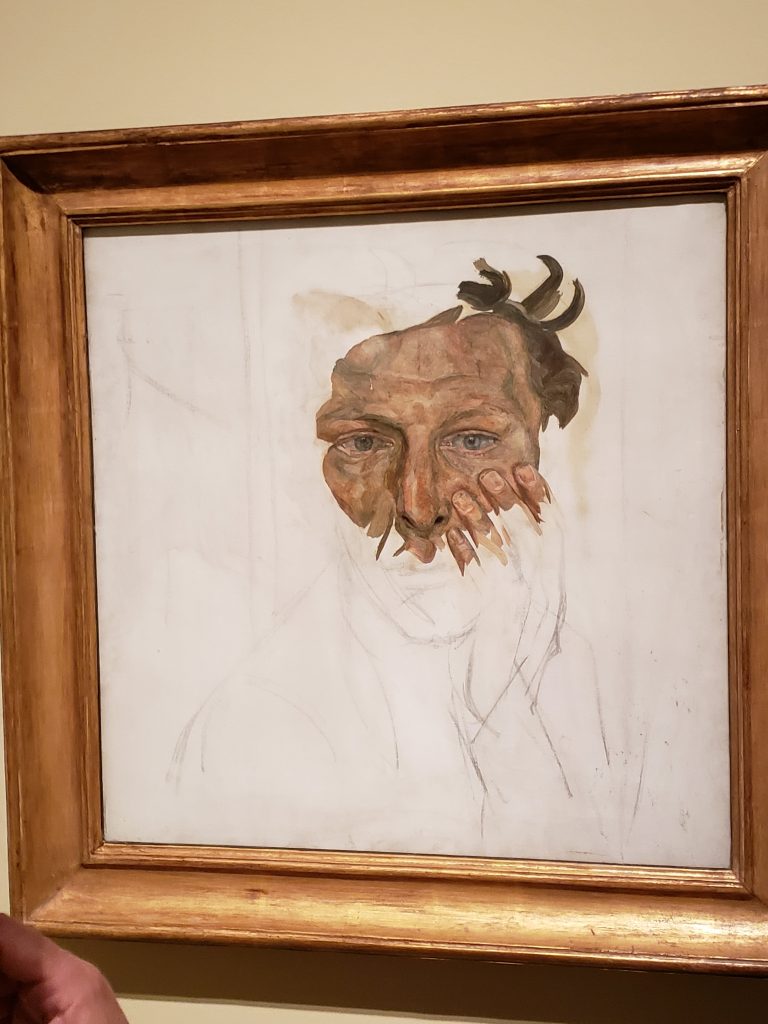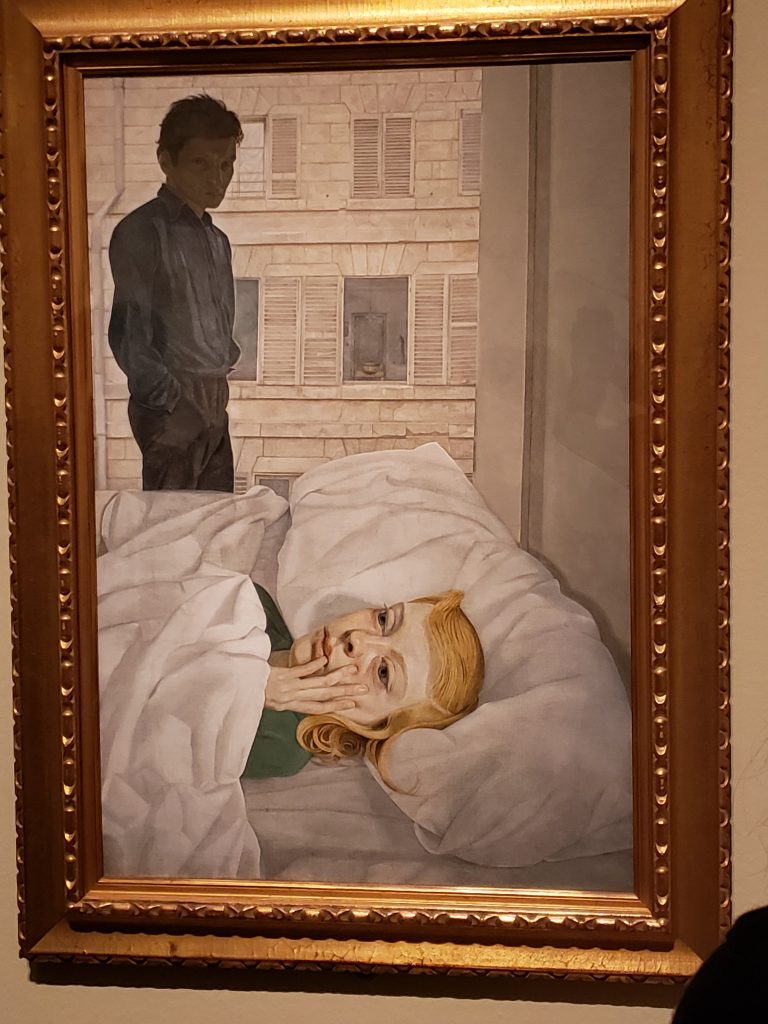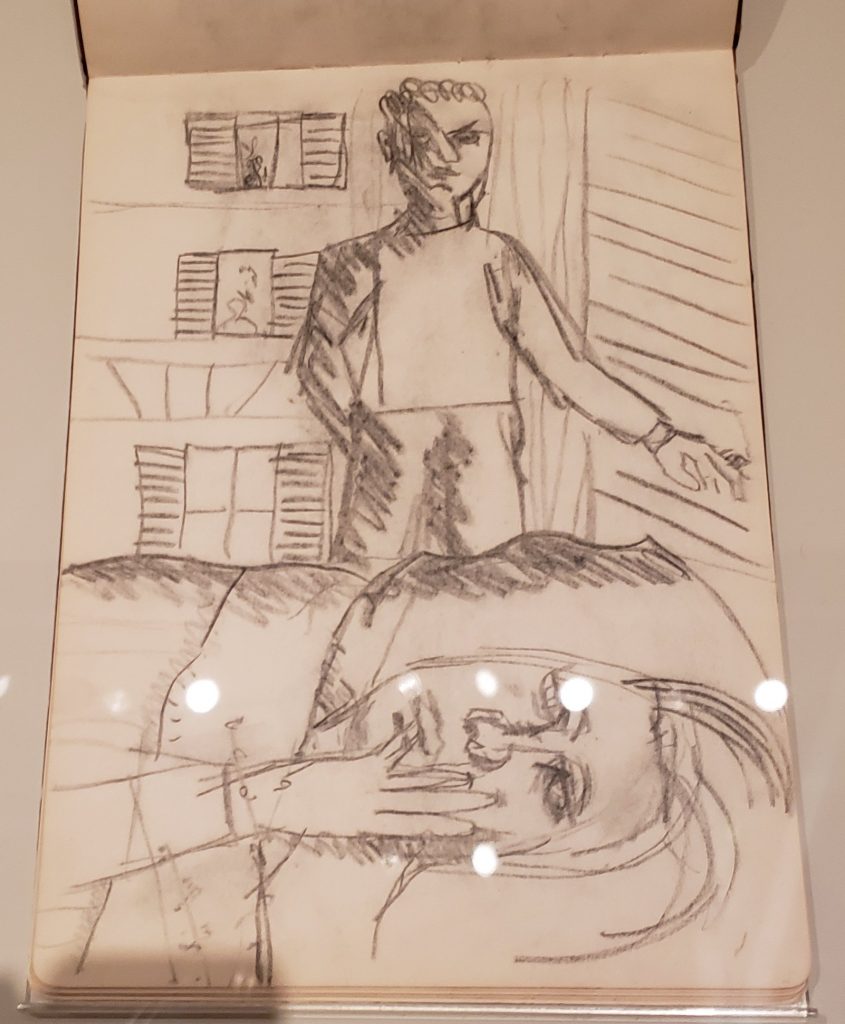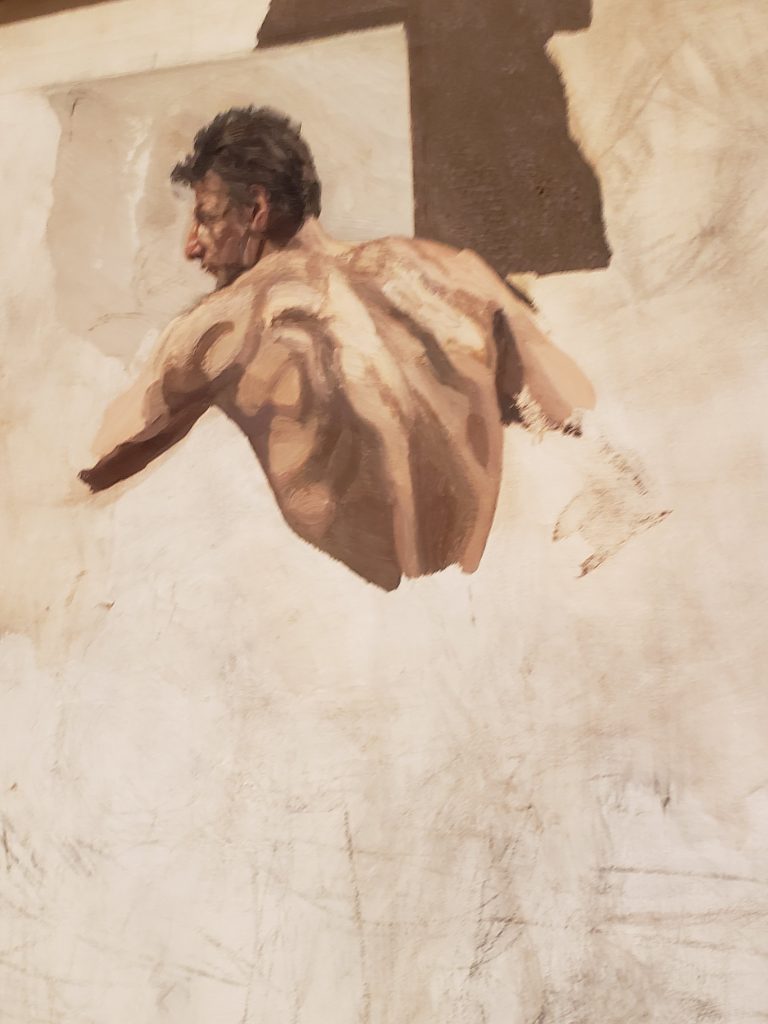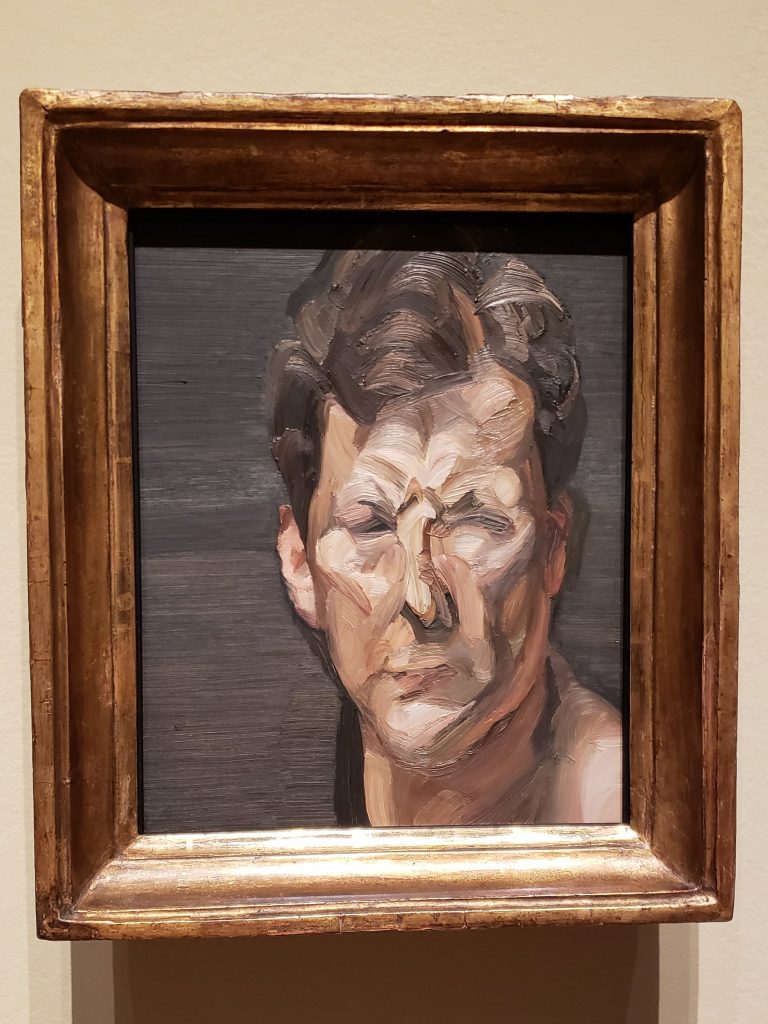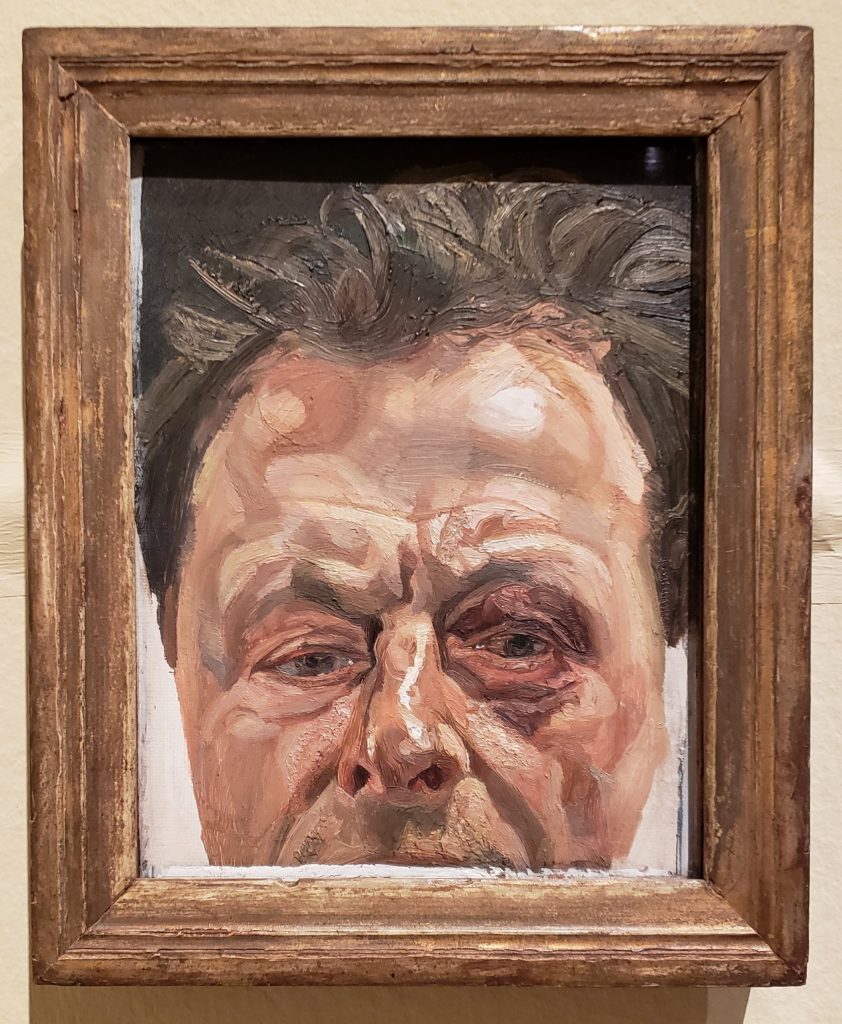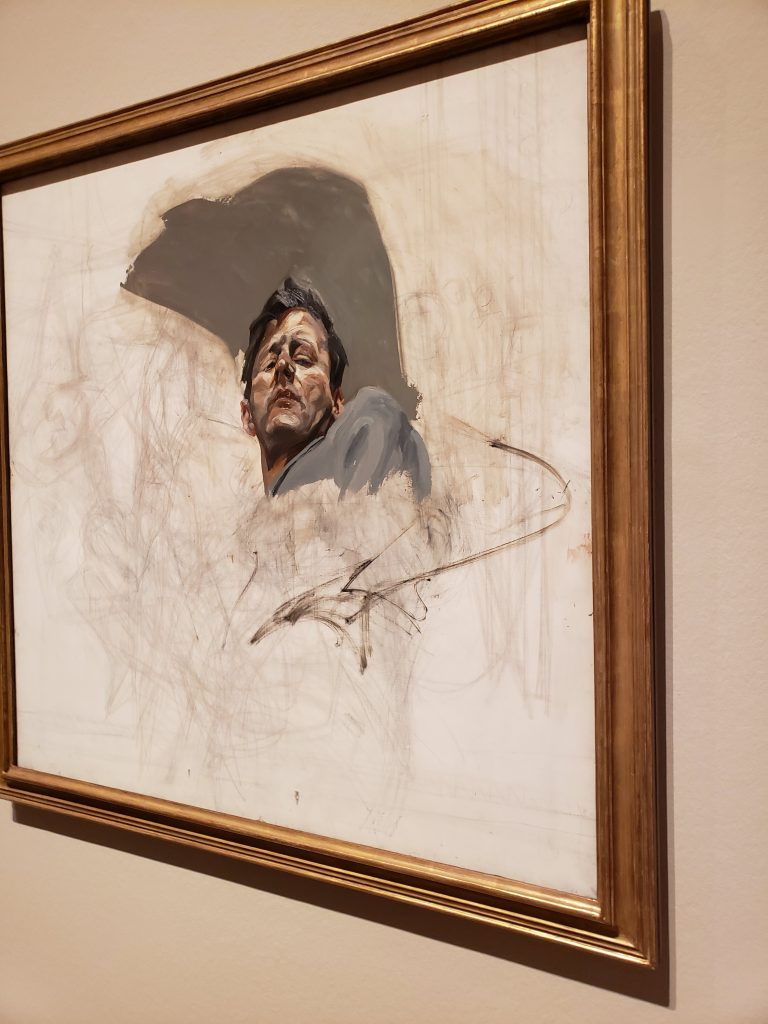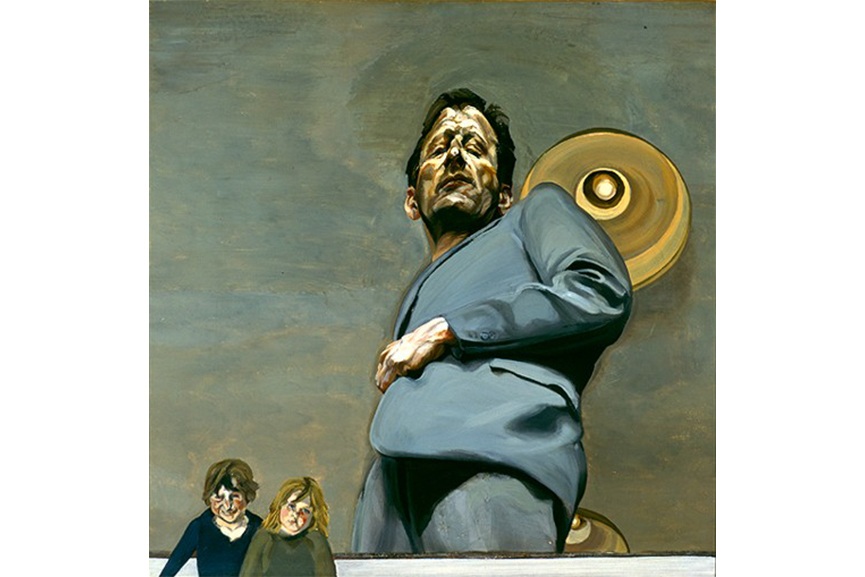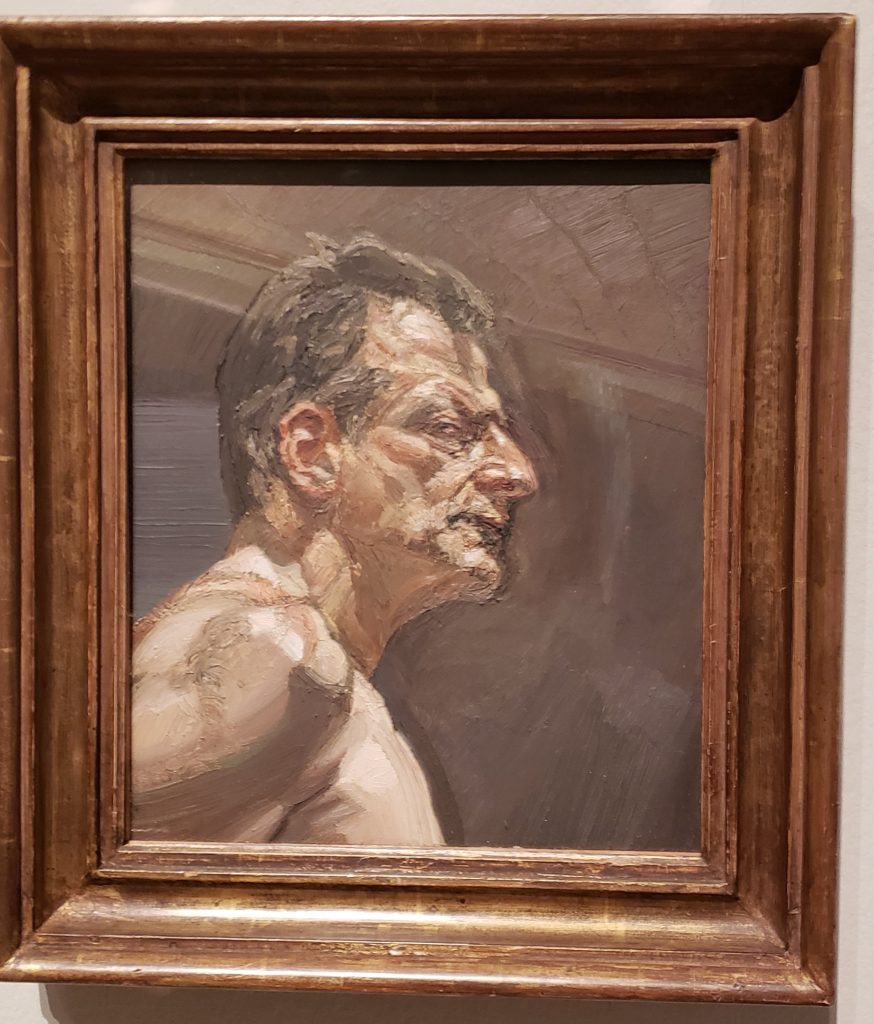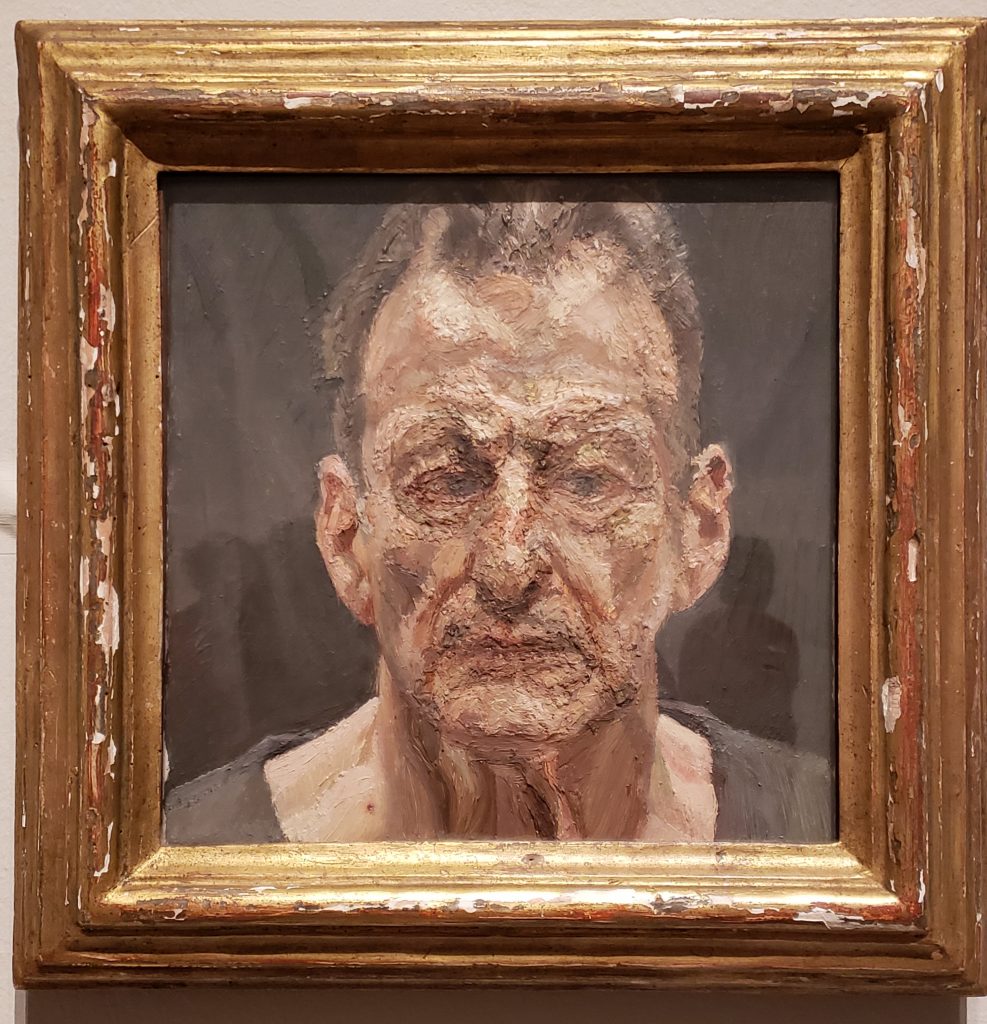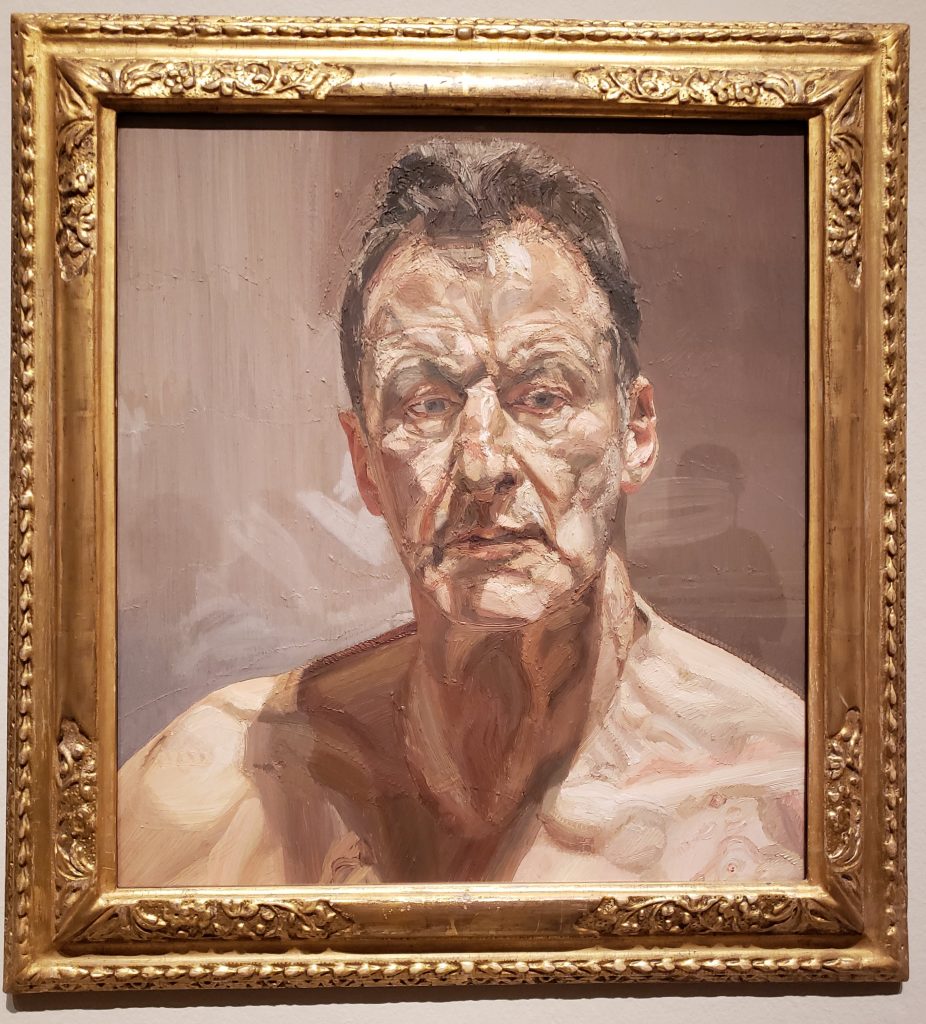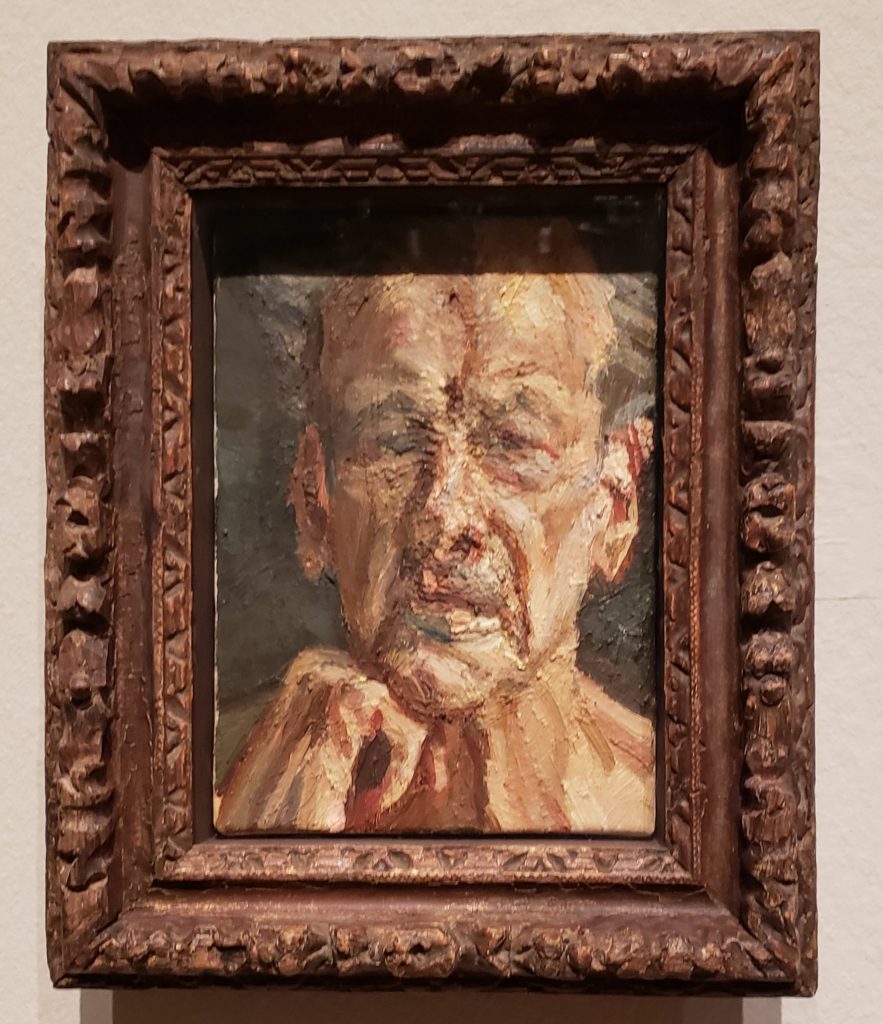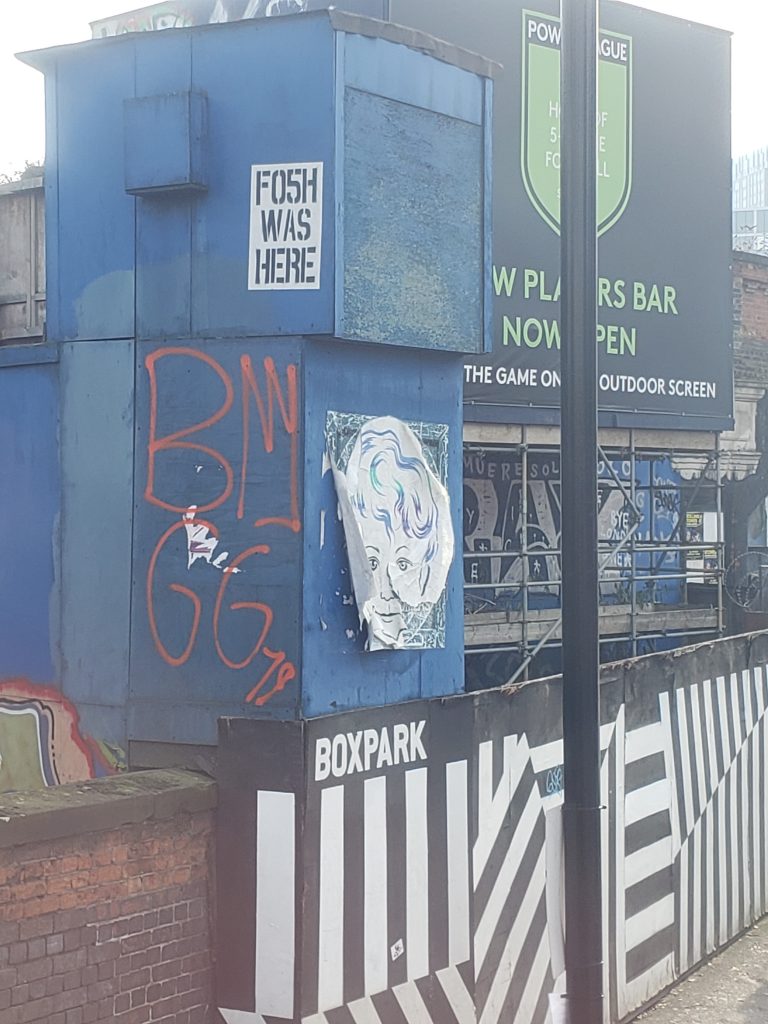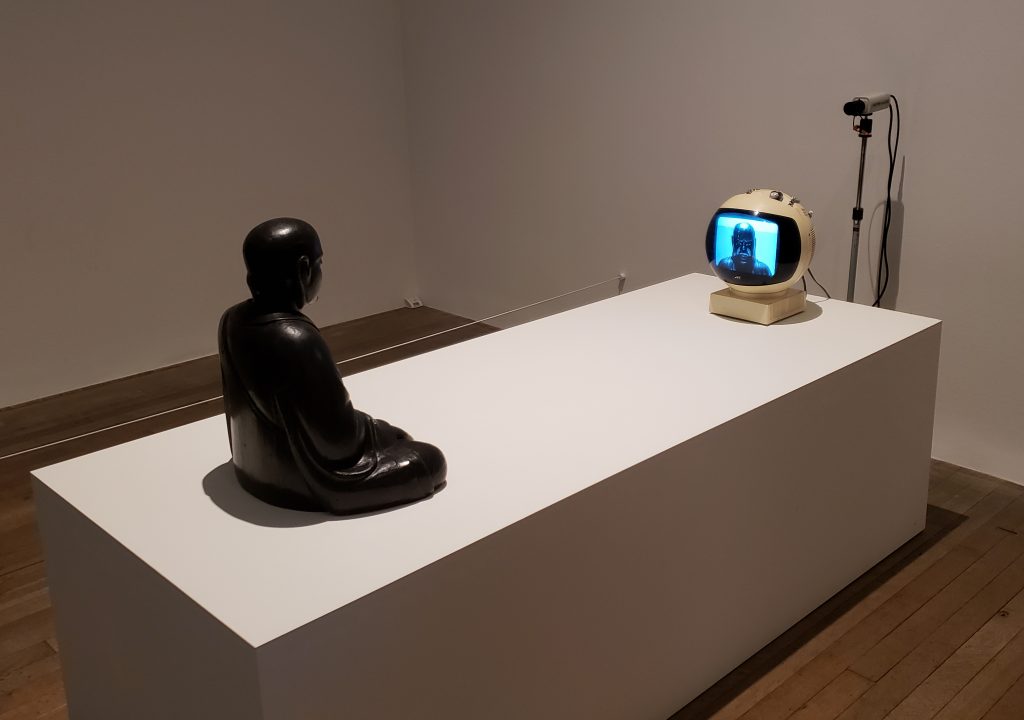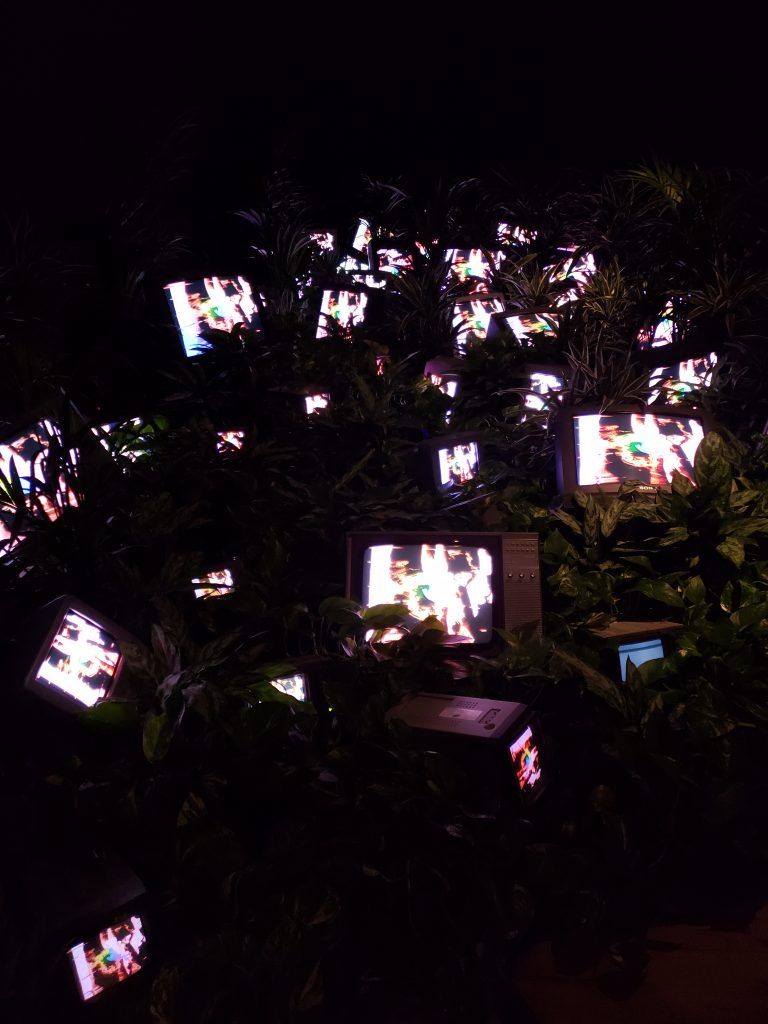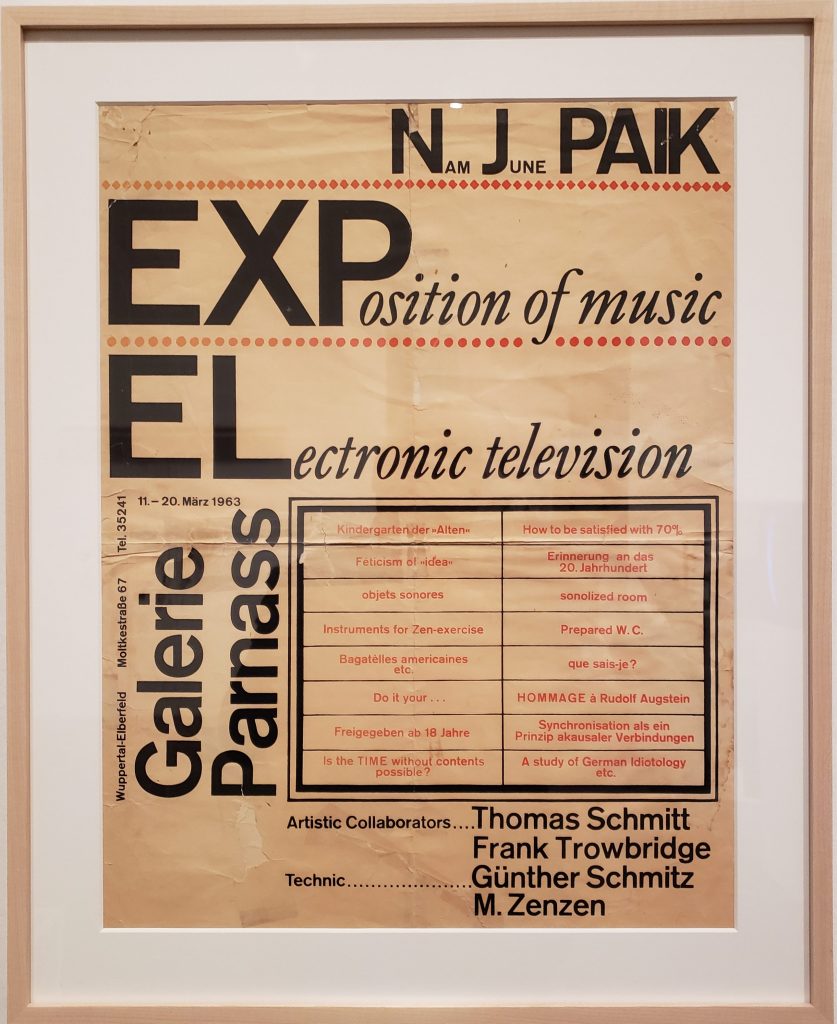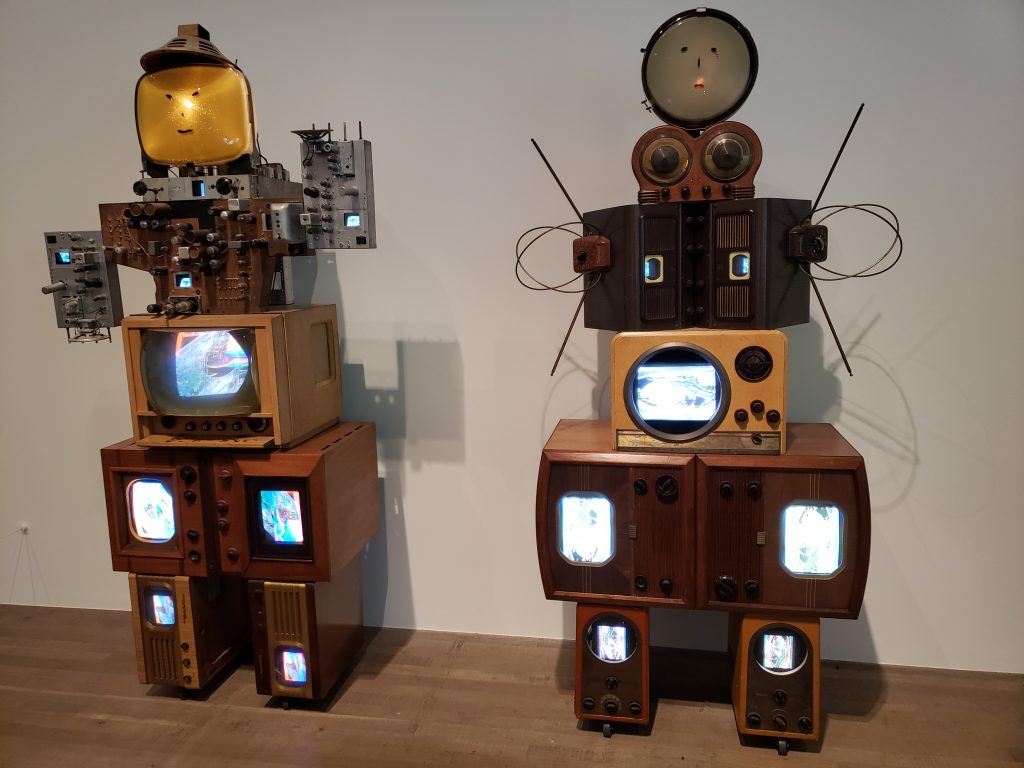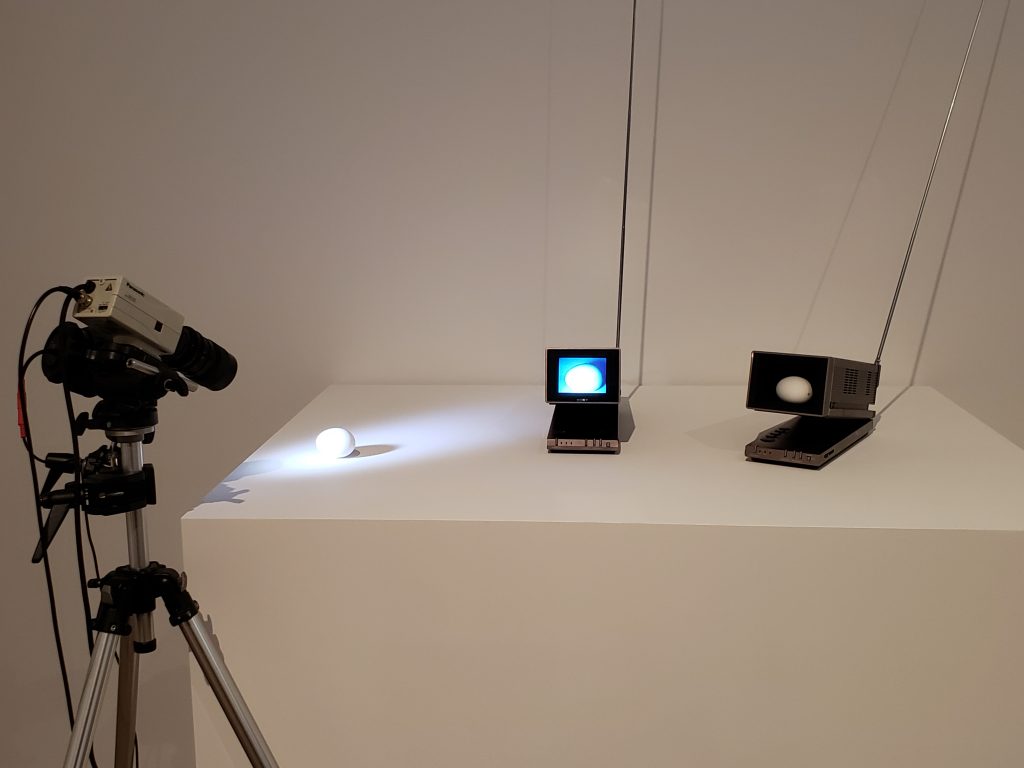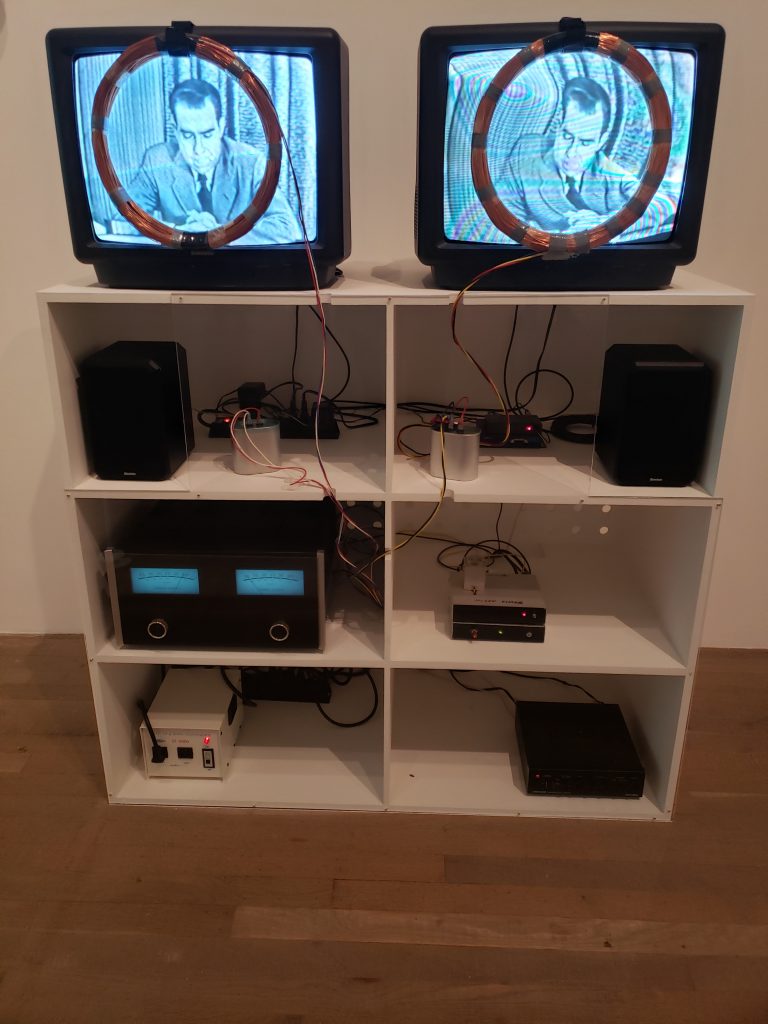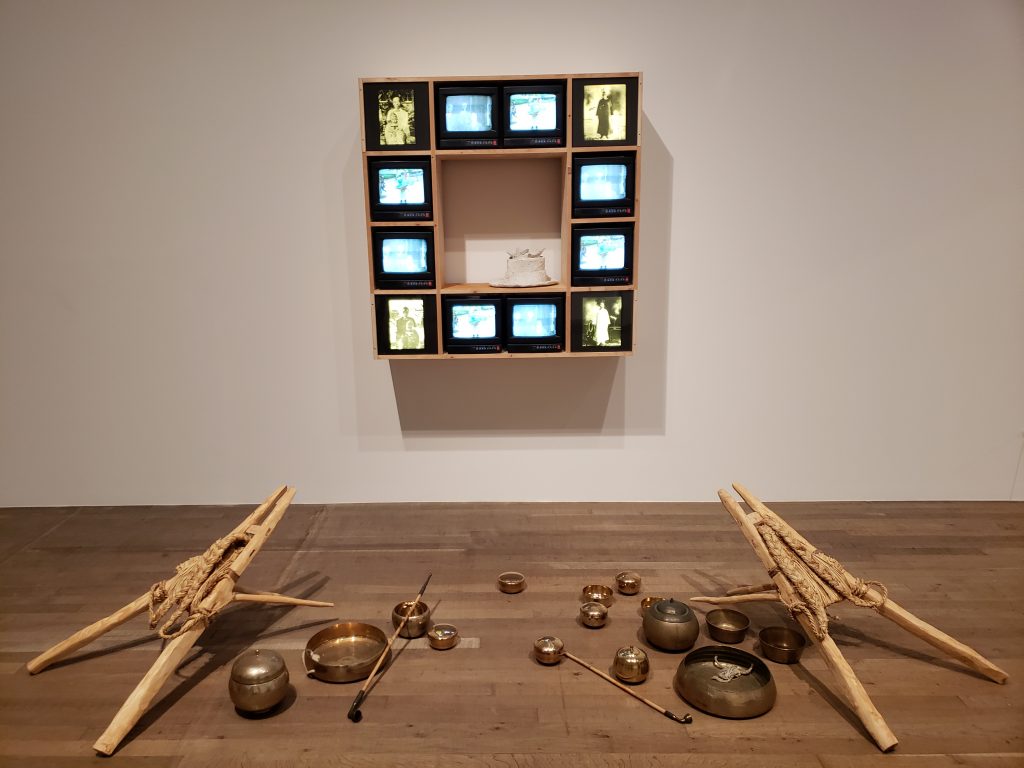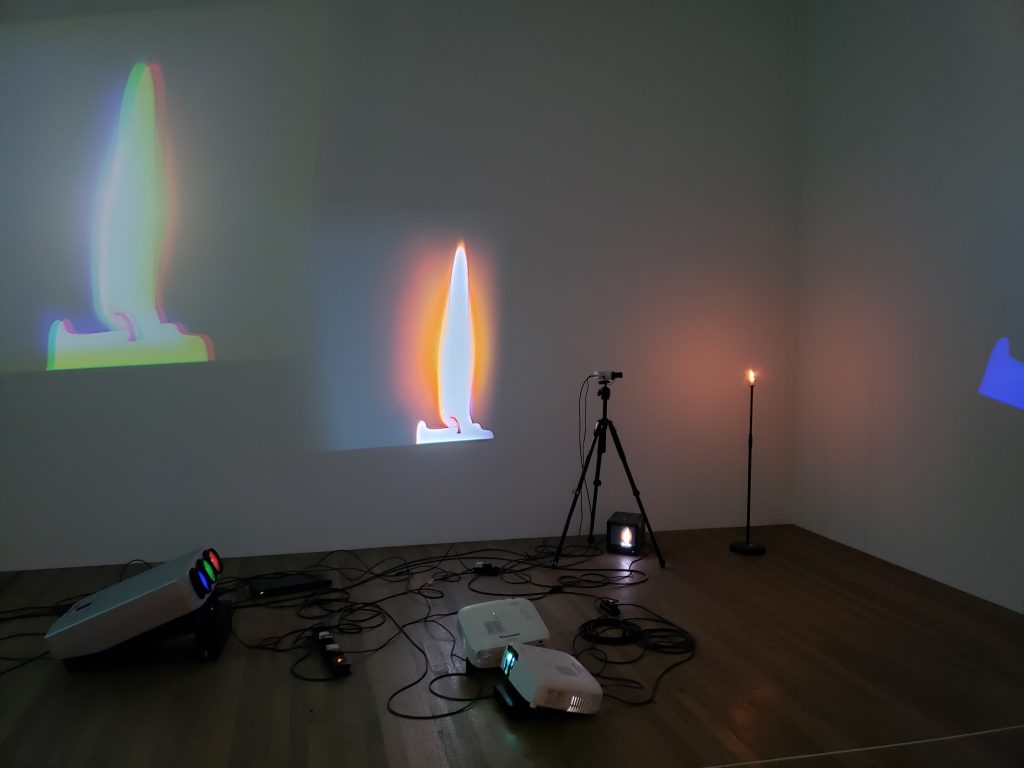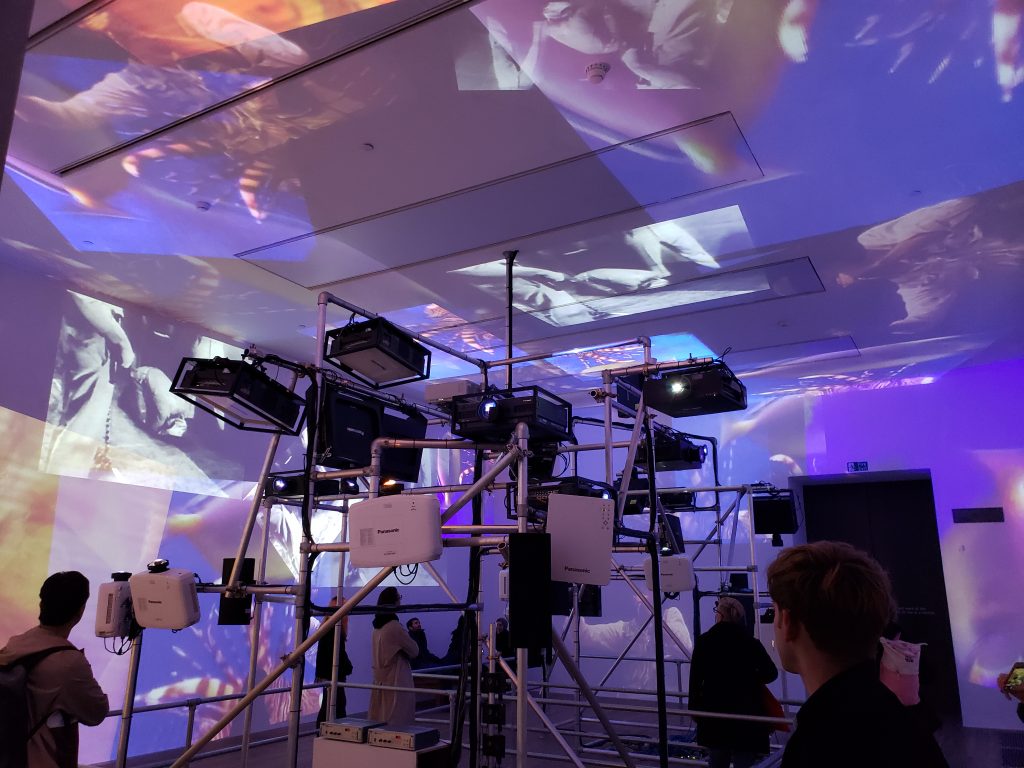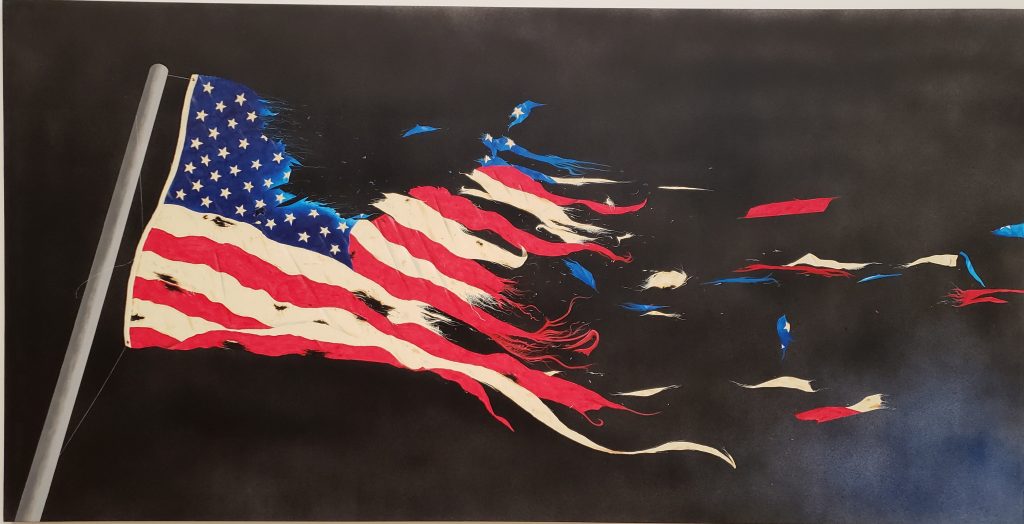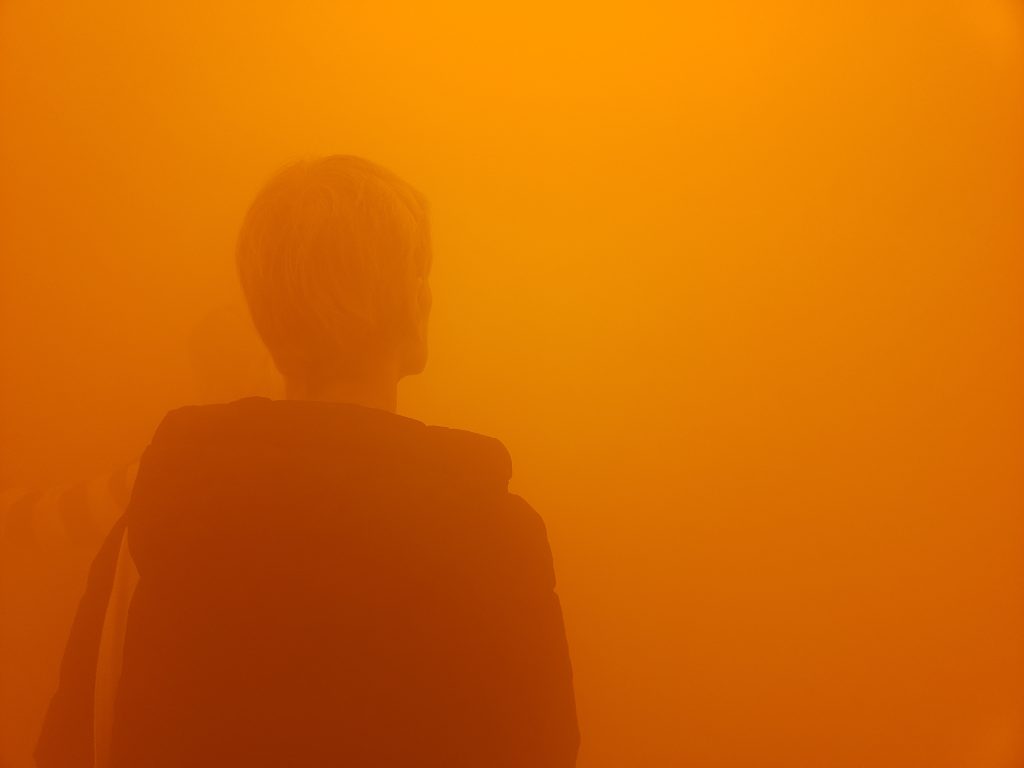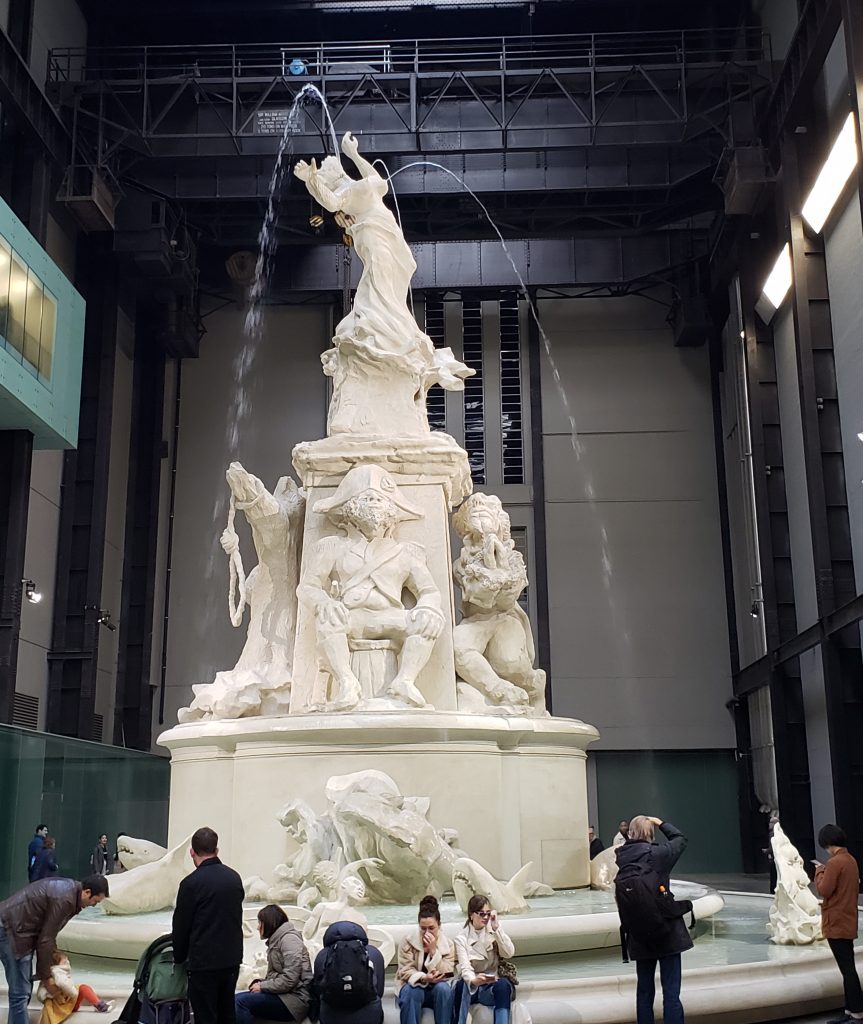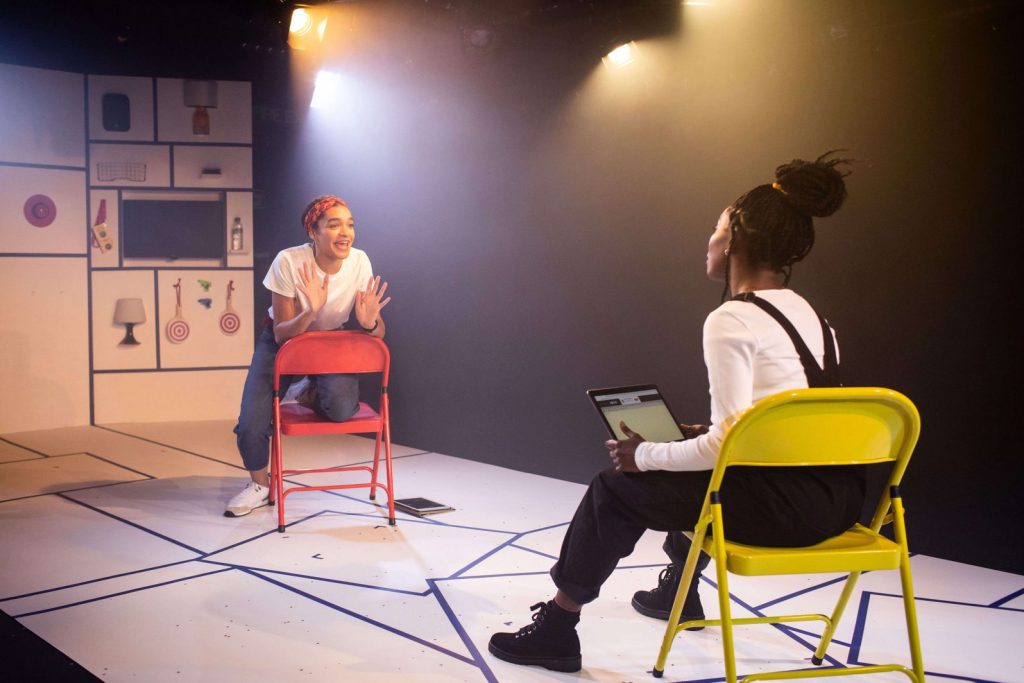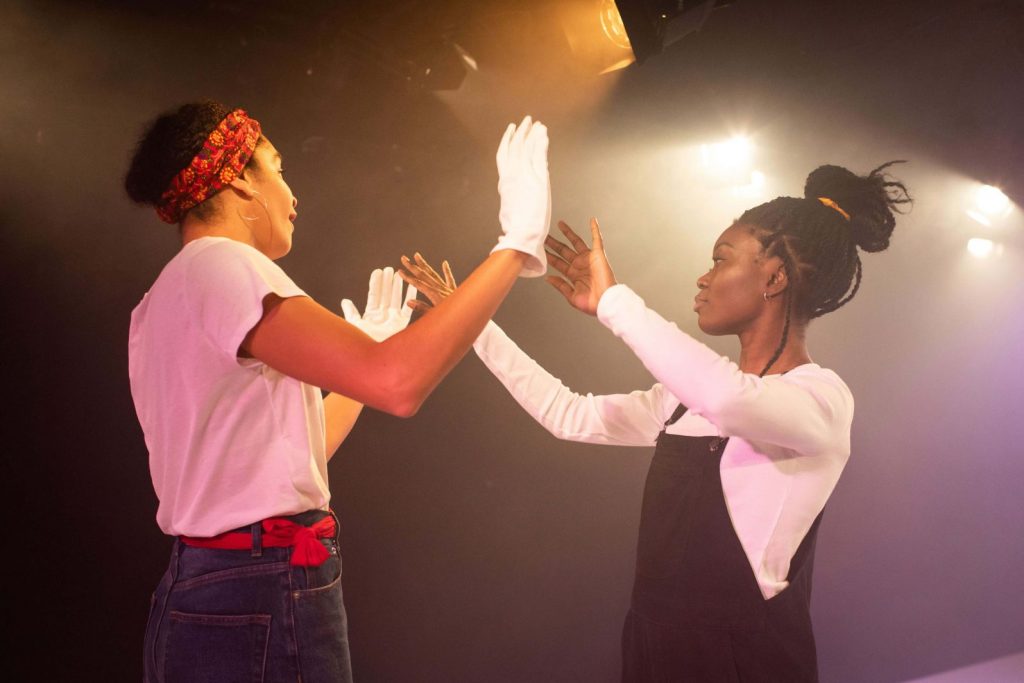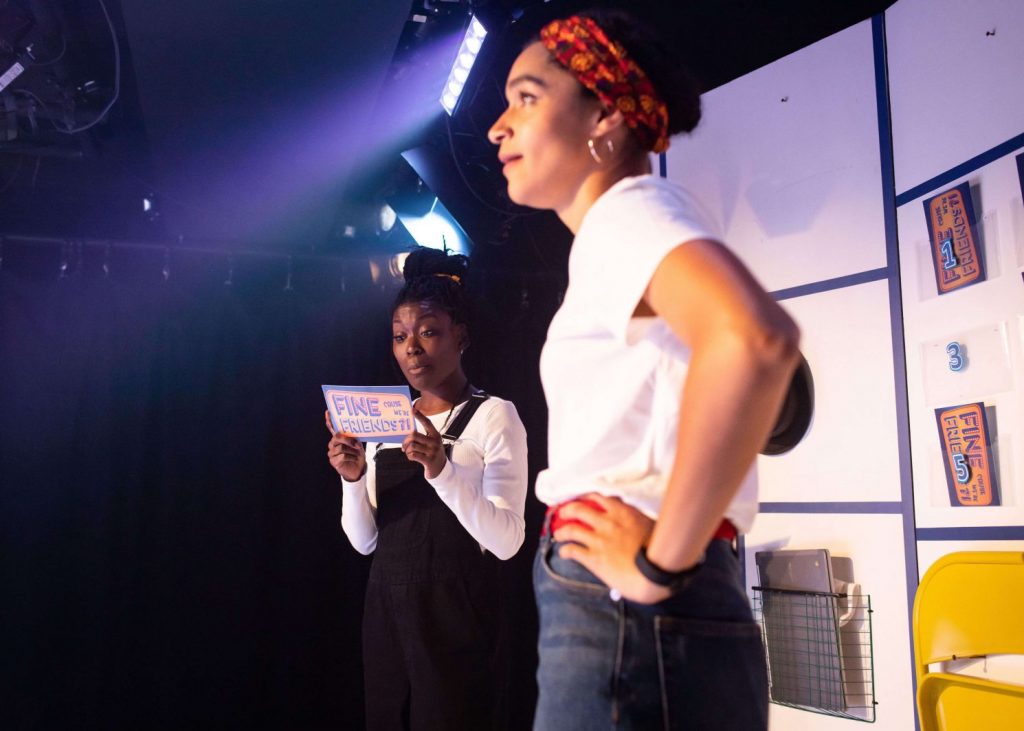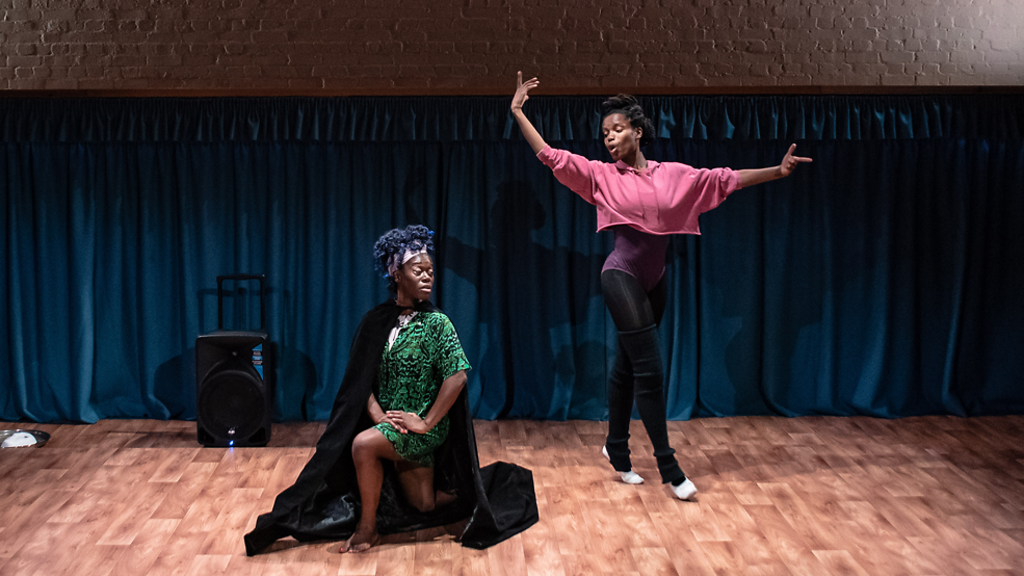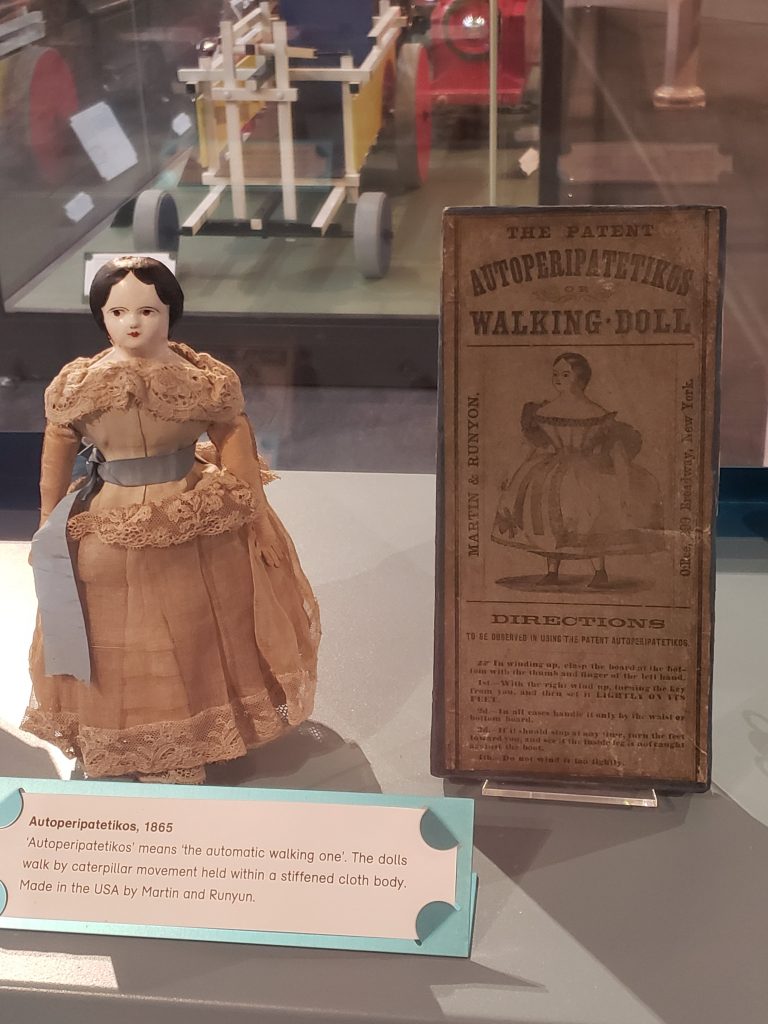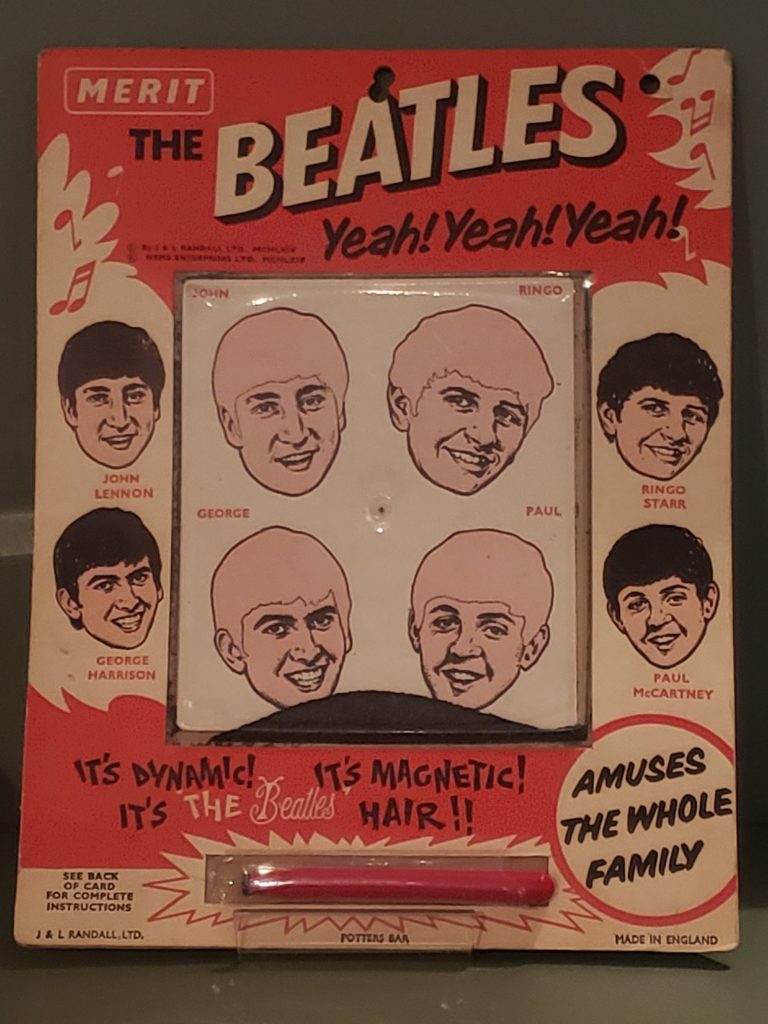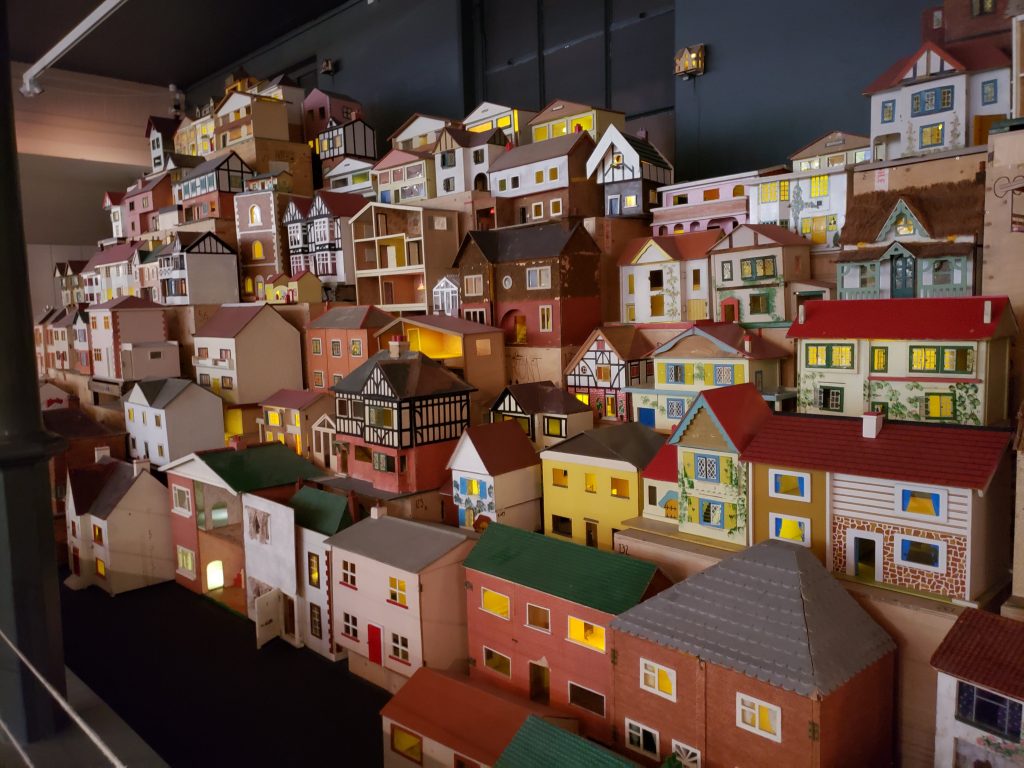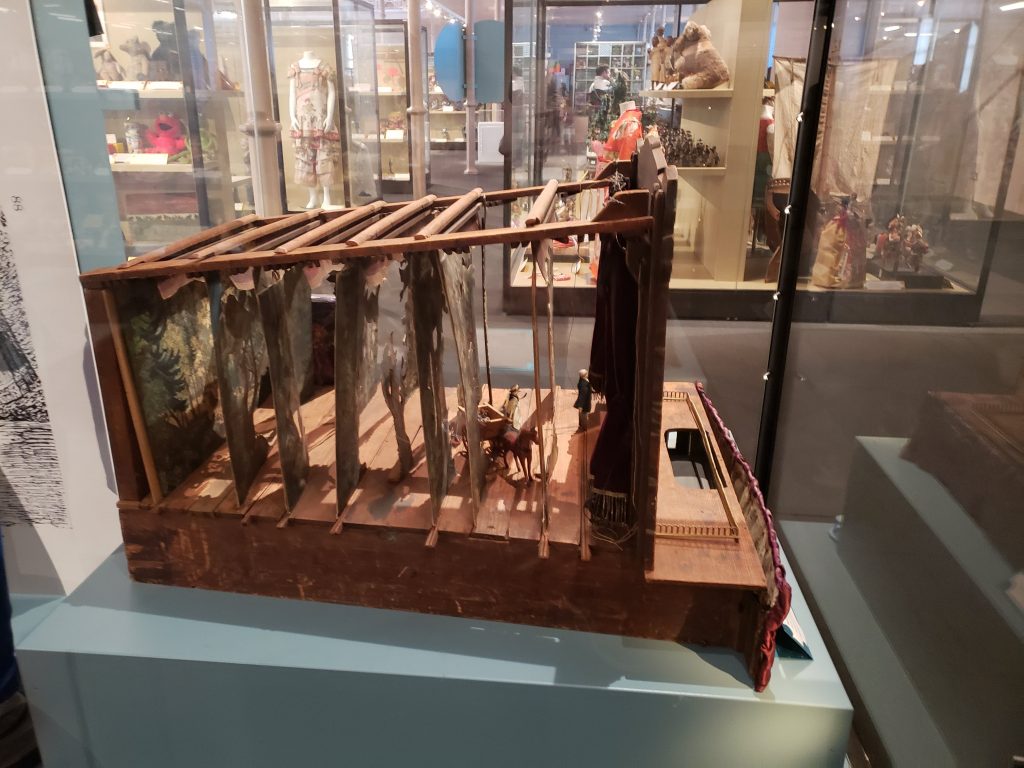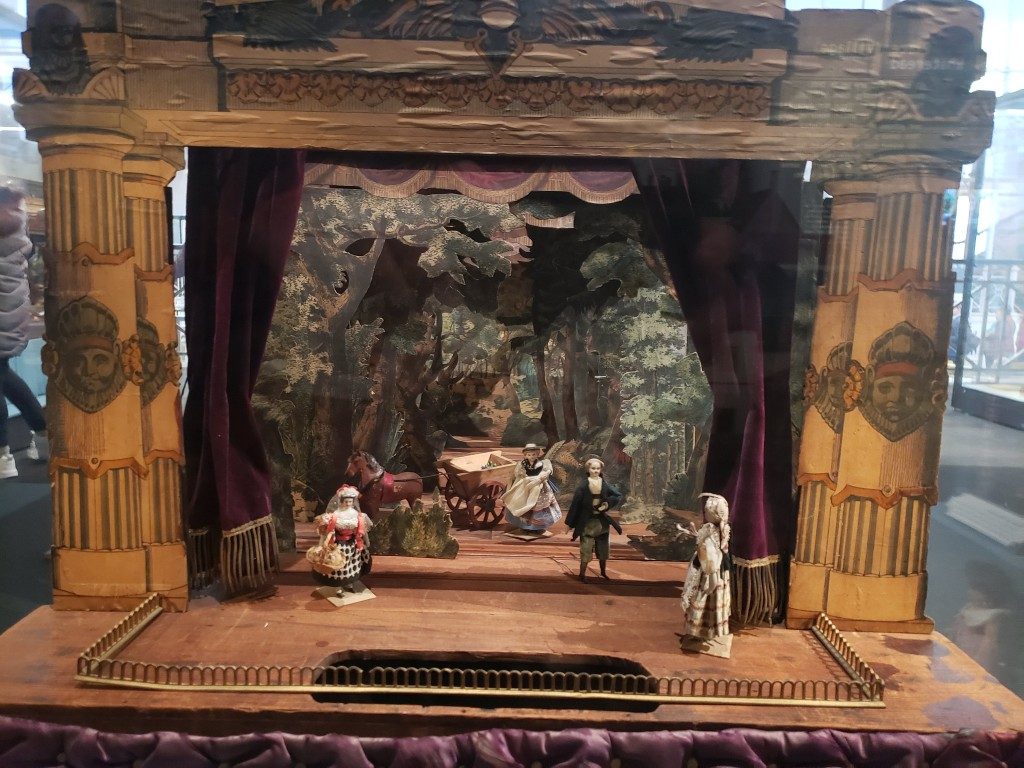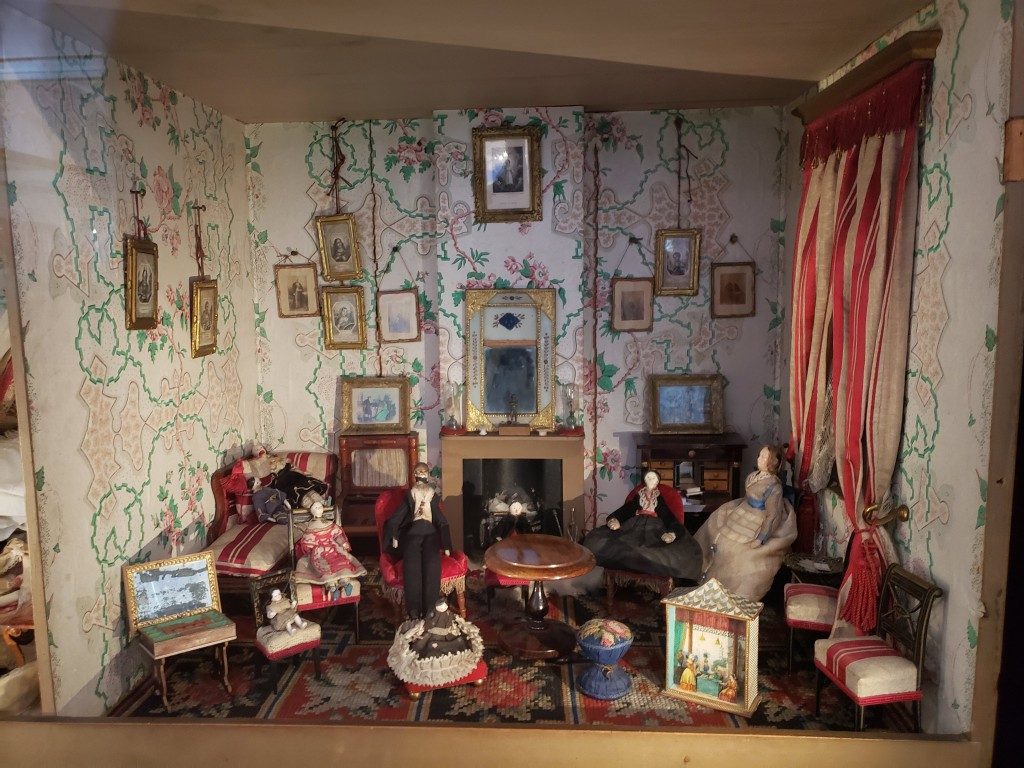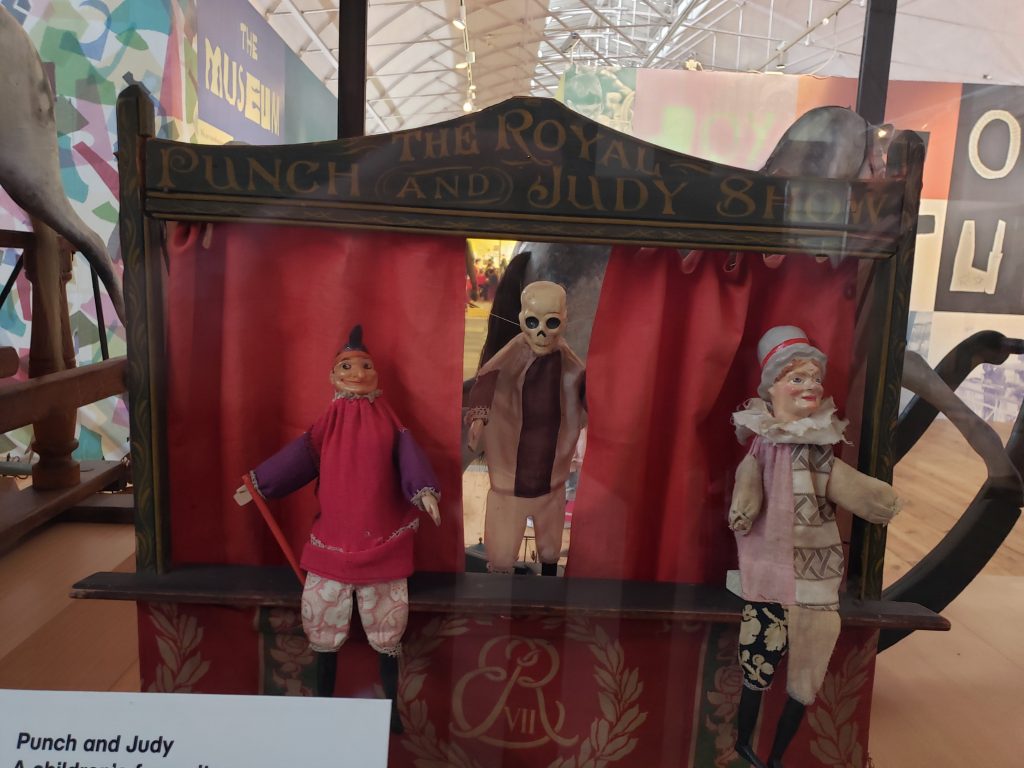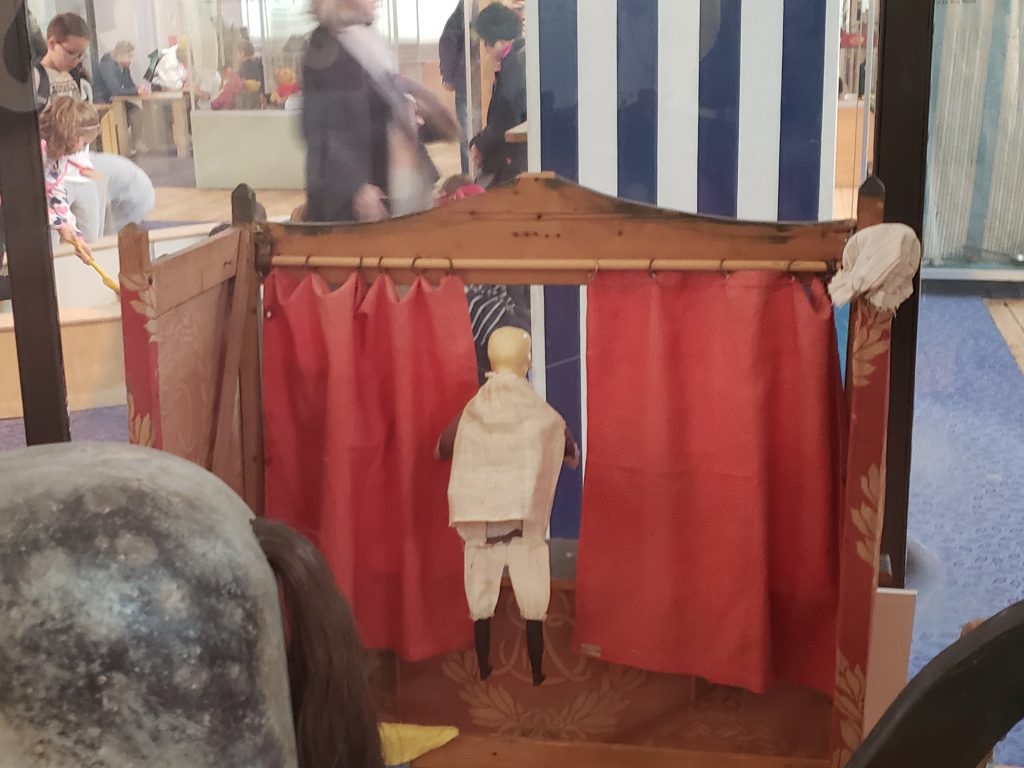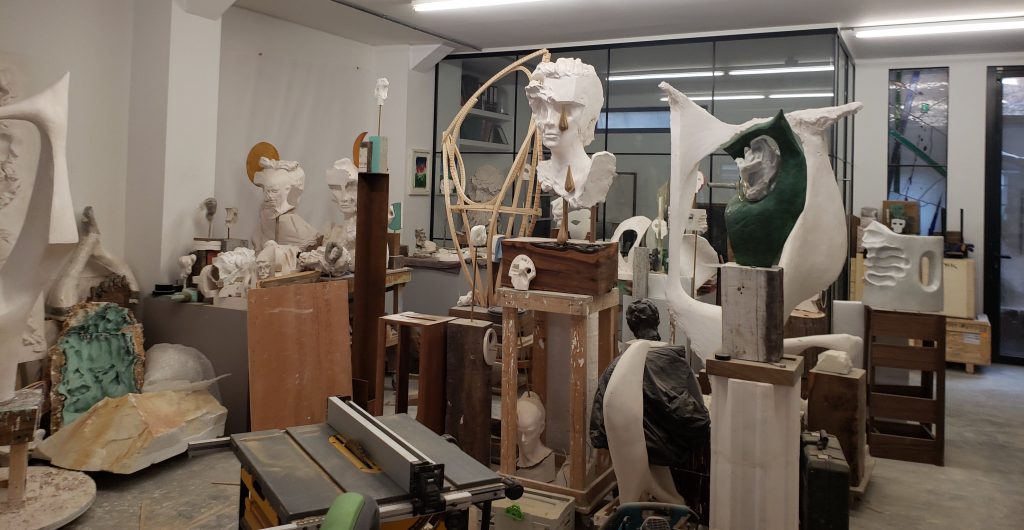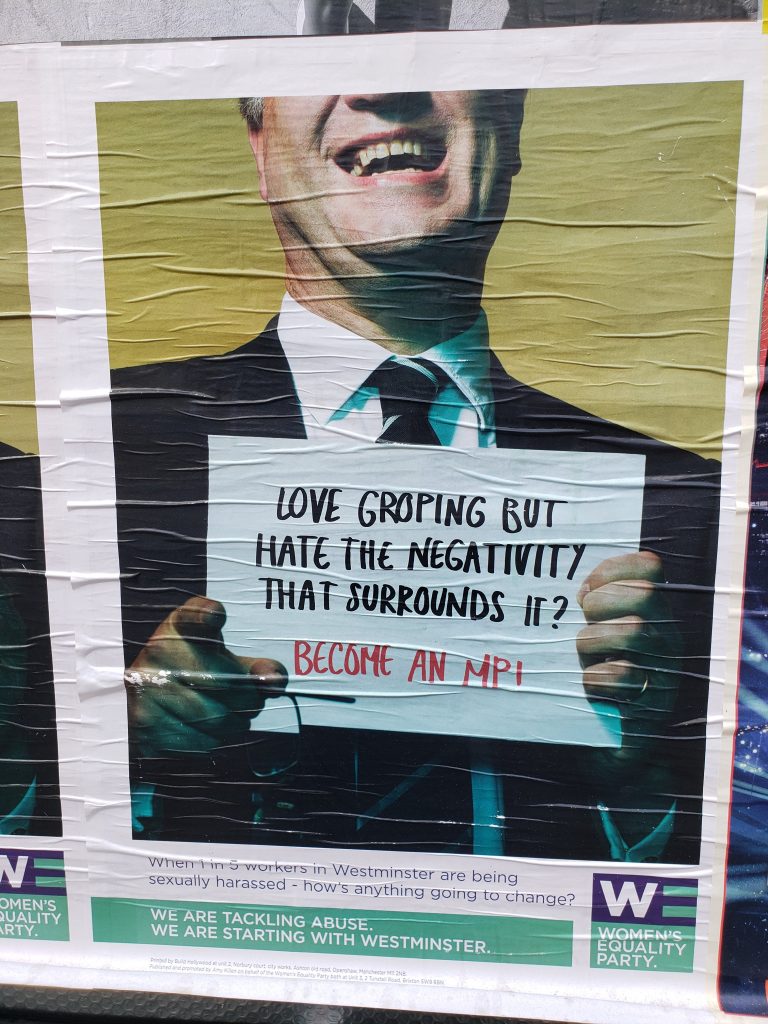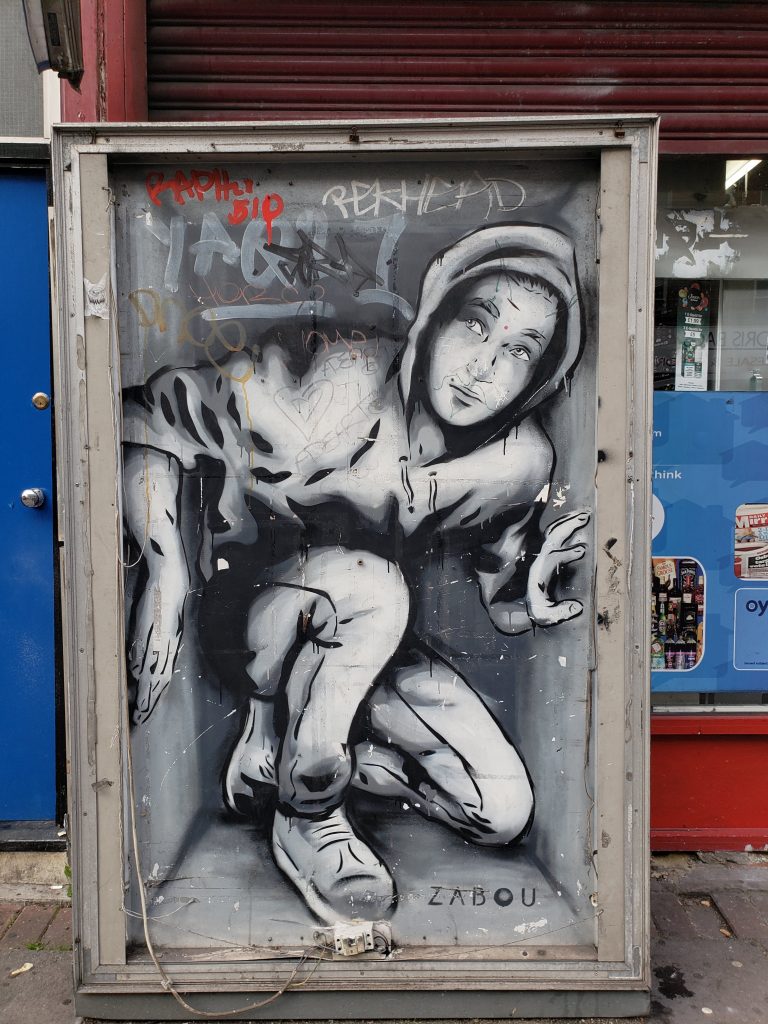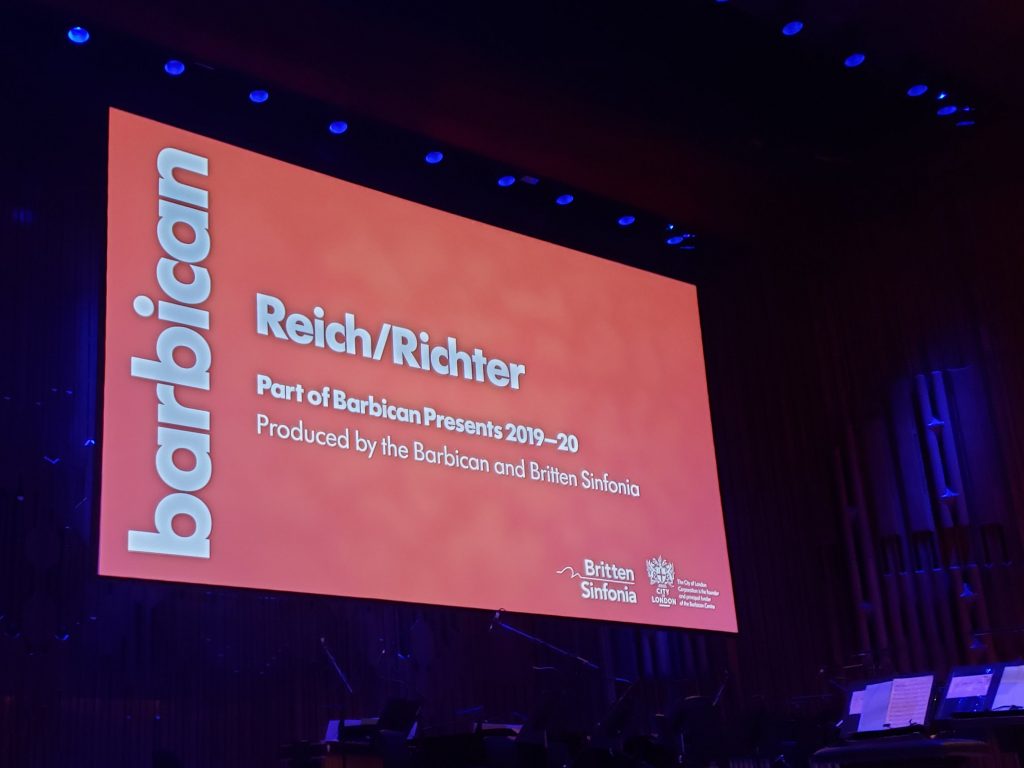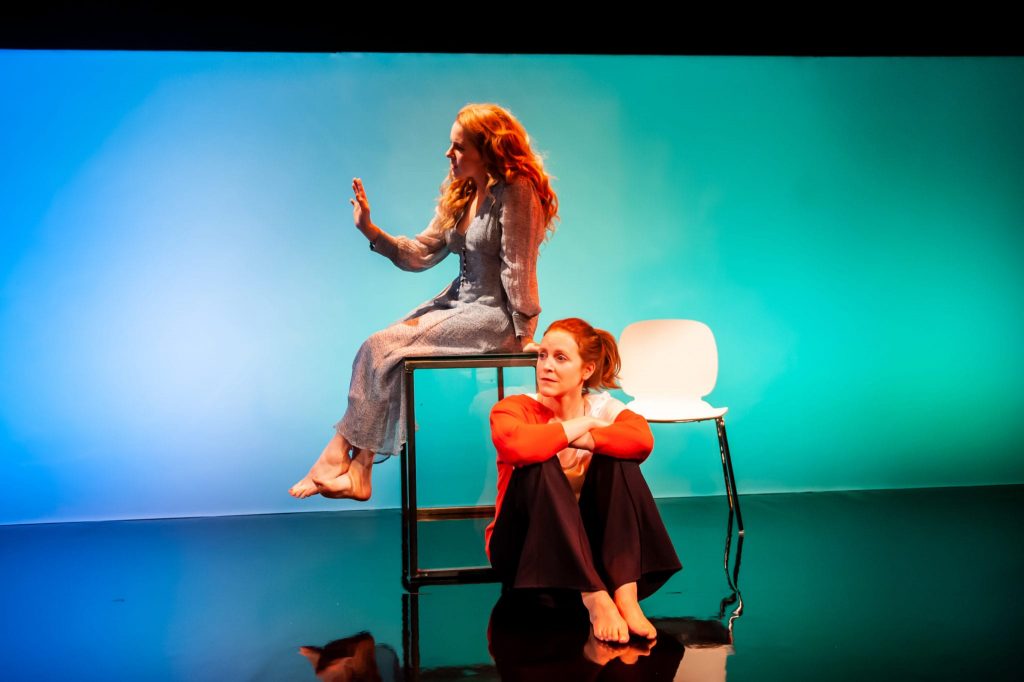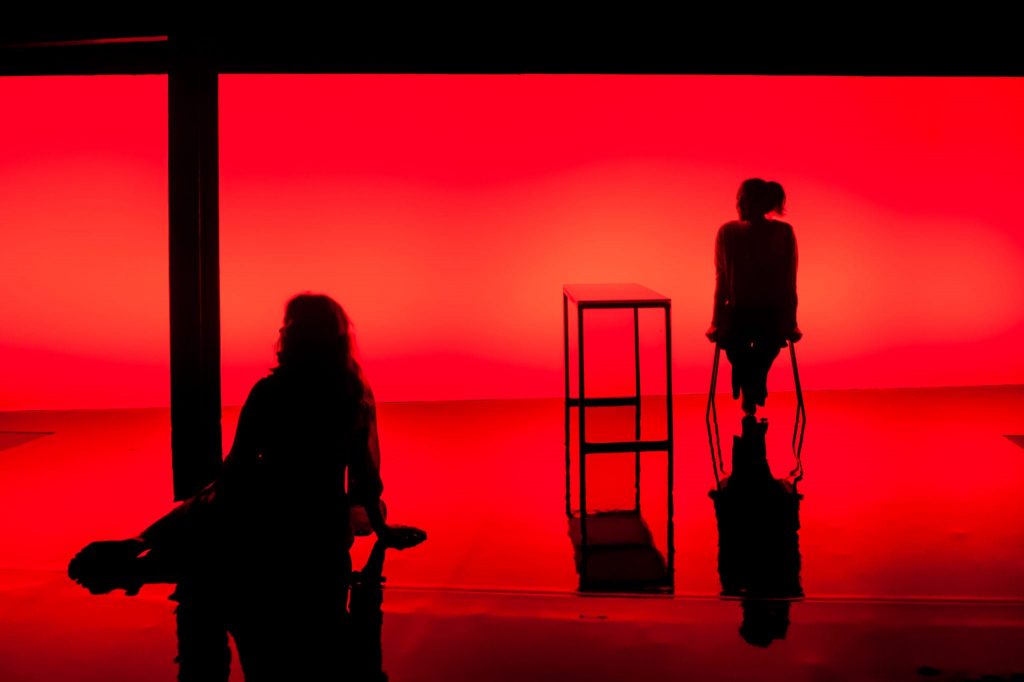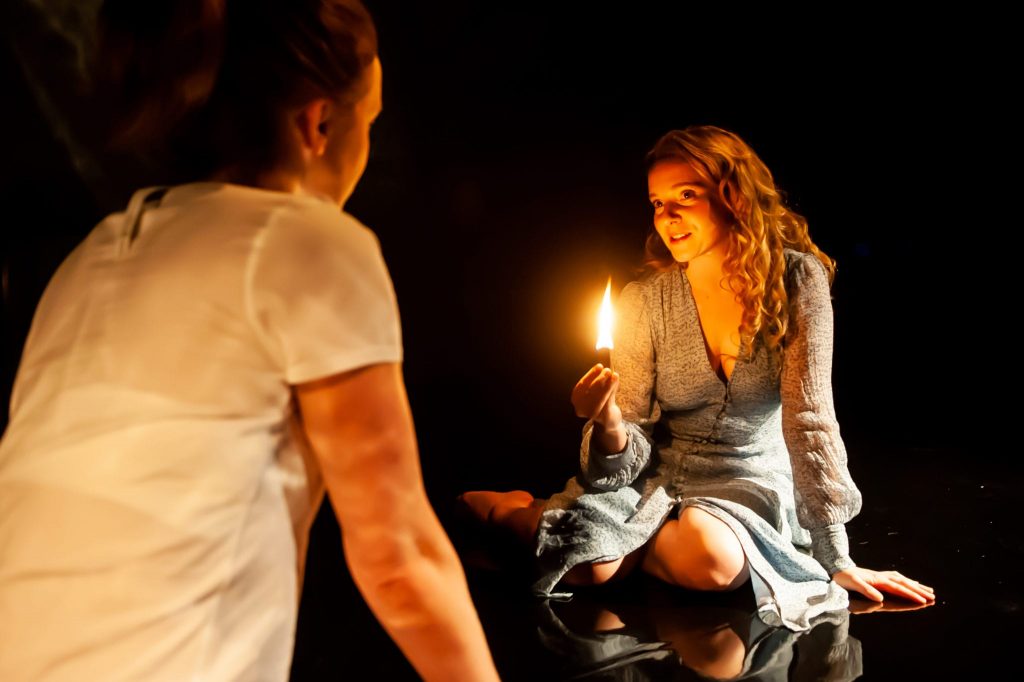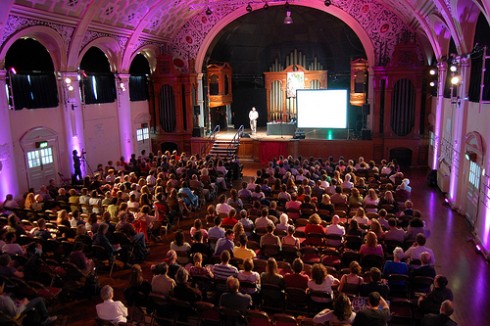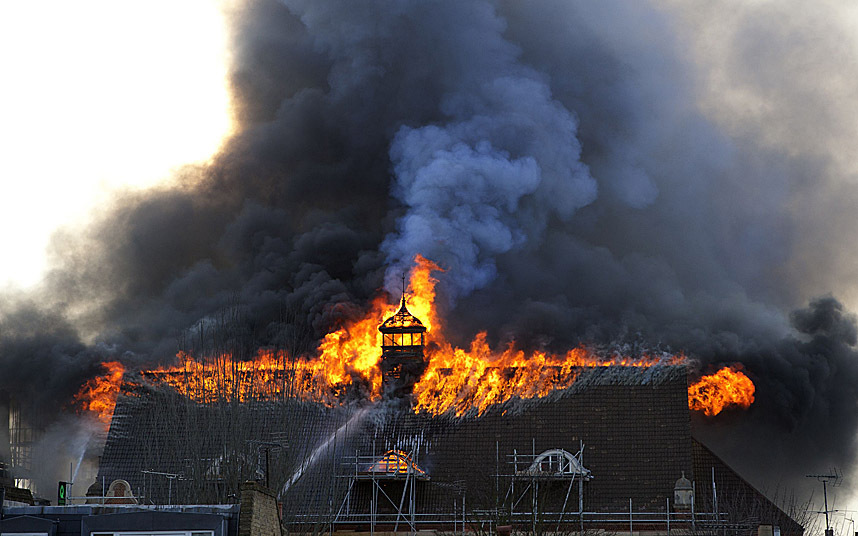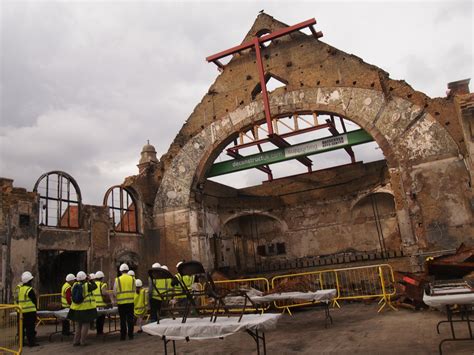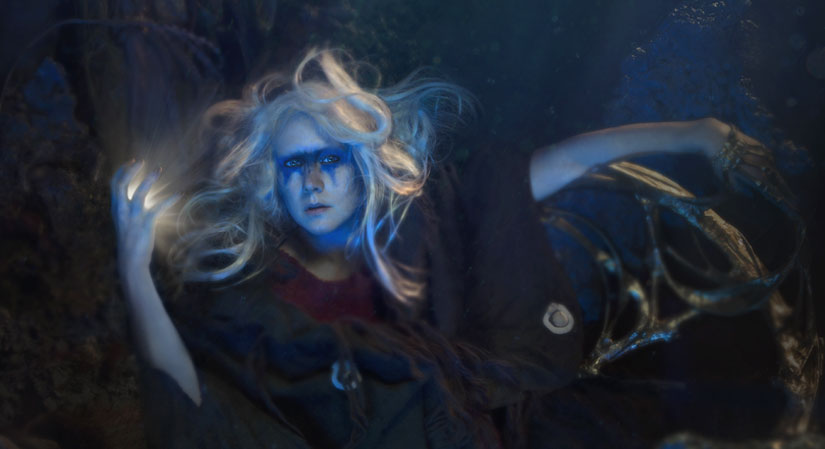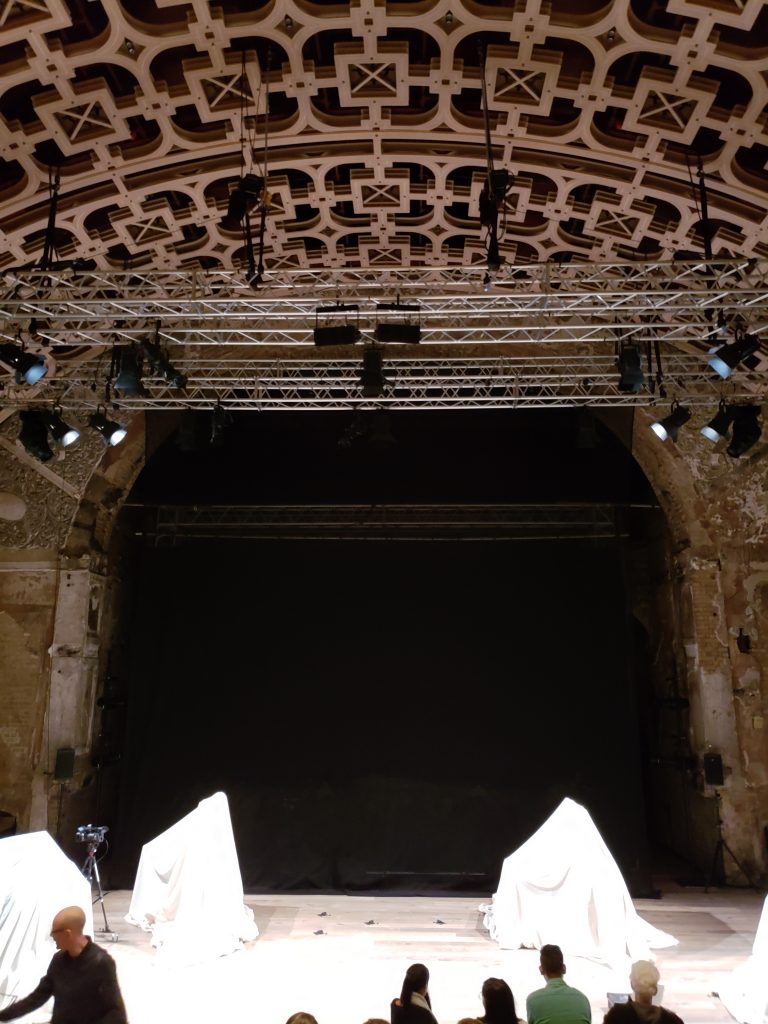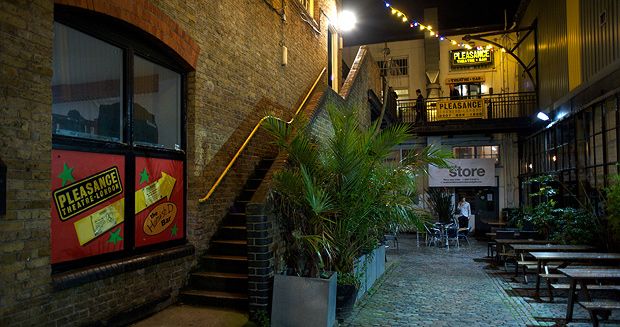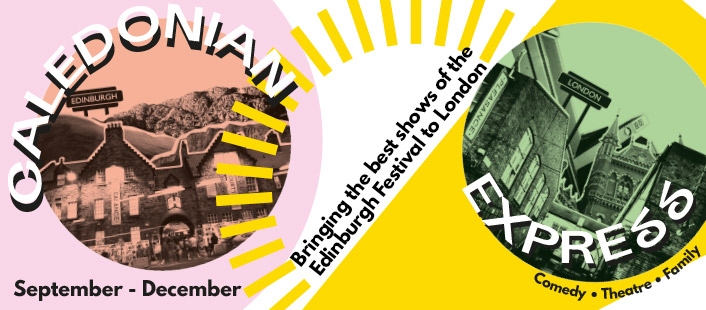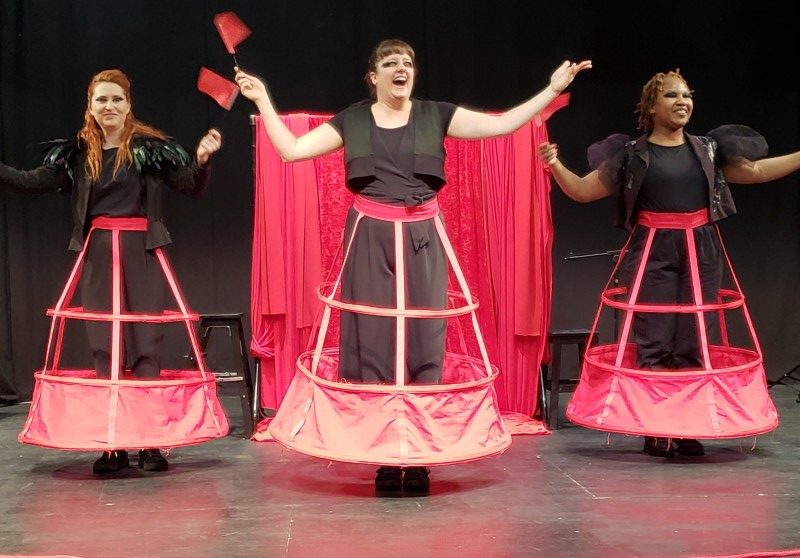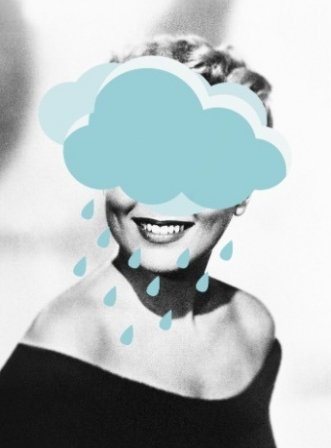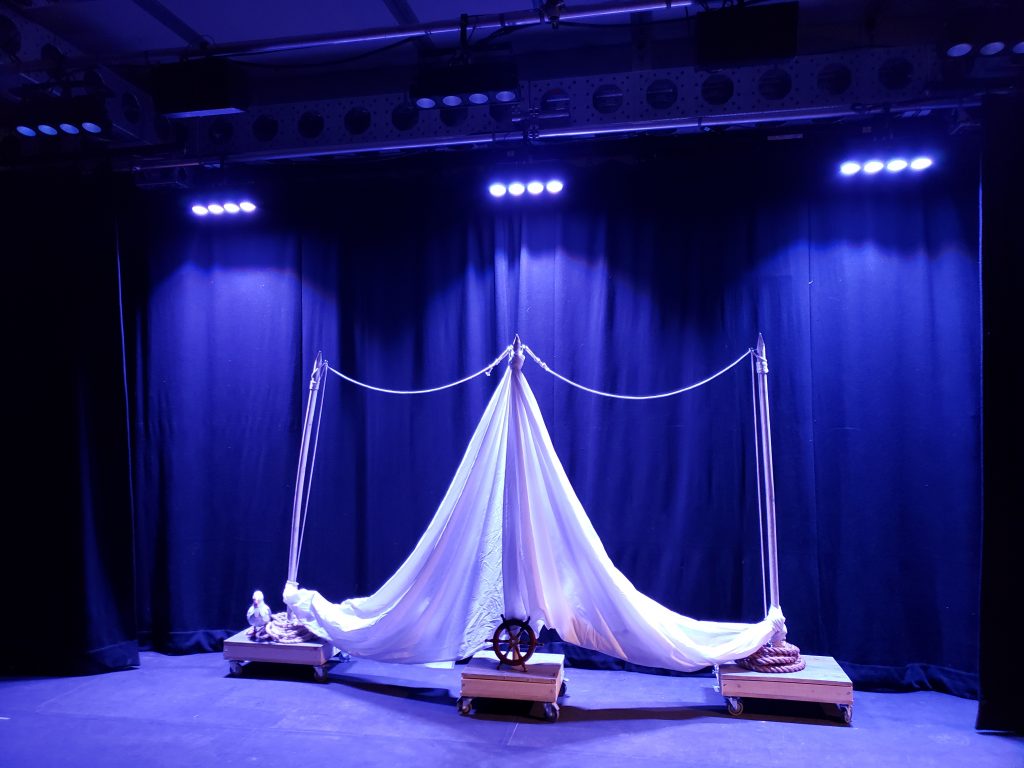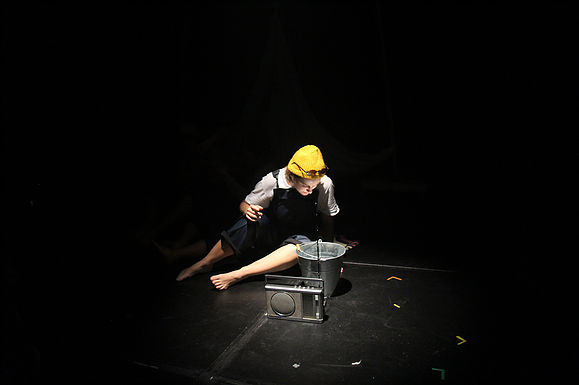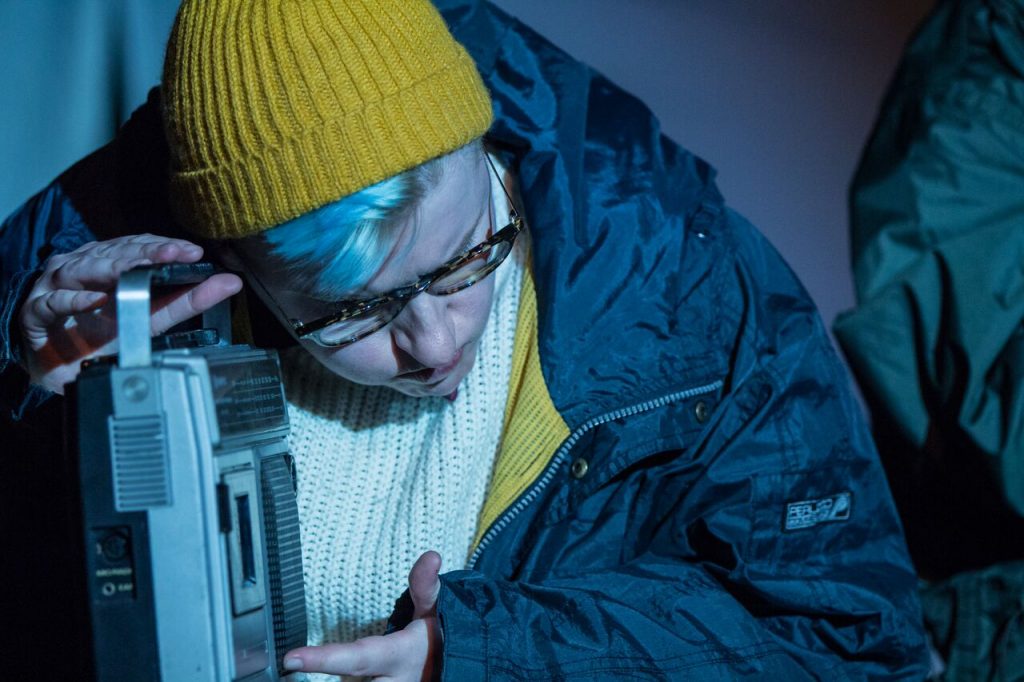When the email from Hackney Empire first arrived, back in September, announcing a new adaptation of Alice Sebold’s The Lovely Bones, I didn’t know what to think of it. I’ve not read the book, but was well aware of it. After some thought I booked a single in stalls for Friday night’s performance, and am now well glad that I did.
This production, by Birmingham Repertory Theatre, uses an adaptation by Bryony Lavery, and is directed by Melly Still. Starring Charlotte Beaumont as Susie, with a dozen other cast members, it’s a big show. The staging, by Ana Inés Jabares-Pita, set & costume, and Matt Haskins, lighting designer, is absolutely brilliant, and easily puts Bones into the same camp as The Curious Incident of the Dog in the Night-Time as far as visual innovation.
One thing which is almost immediately striking about this piece is how sparse the stage is. Even before the show begins, we see a mostly bare stage, with a row of corn stalks far upstage, and a wooden swivel chair. That’s all. Above the stage, however, starting just above the row of corn, and extending high into the fly gallery, is a Mylar mirror, providing a clear over-head view of the stage, from our perspective in the audience (one wonders how well this plays in circle and balcony seats?).
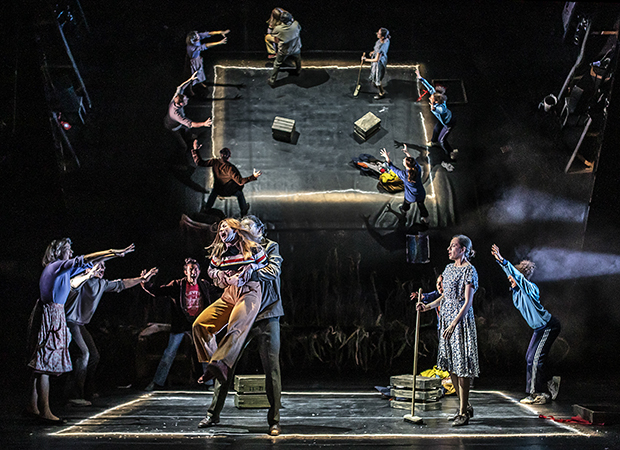
As the action begins, we first see a woman start to pour from a bag of salt, a thin line, in a large rectangle, around the centre of the stage. In that centre is Susie, who is recounting for us the story of how she was lured by her neighbour, Mr Harvey, into a newly dug bunker. Once there, he rapes and murders her. She is telling us all of this as if a bad memory, this teenage girl, for she is dead, she knows she is dead, and as the woman completes the rectangle, Susie faces her new reality; that her new “heaven” is circumscribed by this line on the floor around her.
The woman who has poured out this salt is Franny (Avita Jay), Susie’s “intake counselor” in heaven. Franny explains the rules of this heaven to Susie — The line on the floor surrounding Susie is the limits of her “heaven” and she cannot go past it — who immediately tries to break out and go back to real life. She fails, but does succeed, from time to time in these attempts, in “touching” someone from her life — her father Jack (Jack Sandle), her classmate Ruth (Leigh Lothian) — and planting a connection which may lead them to important information or influence.
So for most of the show not only is Beaumont on stage, but confined to this small part of it, unable to hide upstage, let alone exit into the wings. Kudos to her, then, for not just a brilliant, compelling performance (and totally believable as a teenage girl), but for her endurance and ability to remain on stage, not drawing focus, for those sections in which Susie isn’t the focus.
The cast is large, and multi-cast, so there are even more characters than cast members. Those paying double roles do so deftly, especially Samuel Gosrani as both Ray, Susie’s boyfriend, and Holiday, the family dog. This last bit involves the use a a “cone of shame” collar, as used by vets to keep dogs from picking at wounds, as a signifier of Holiday’s dog-hood. It’s a simple yet brilliant piece of costuming, letting the audience see the dog, yet not trying to convince us some fur suit is dog-like enough.
I shan’t recite the entire plot here; the story is well known. And, as I haven’t read the book, I cannot speak to how accurately the play tracks it (or the film, for that matter). What I can tell you is that the script propels the story forward, turning it into both a detective story, which we see from the victim’s eyes, knowing the perpetrator from the get-go, and a story of loss and love, of affections missed, and of the inevitable progress of the lives of others in our absence.
Jack, Susie’s father, is stuck; he can’t move past her death, and his conviction that Harvey is guilty. Abigail, mother, is bereft, not just of her daughter, but her husband too. She turns to the lead detective, Fenerman (Huw Parmenter), himself a widower, for comfort. Lindsey, sister, keeps growing up, starts a romance, goes to college, and settles down. The list goes on, as people move through their lives, seemingly teasing Susie, who doesn’t even get a change of wardrobe as they gain years.
Some casting is confusing at times. Color blind is so common these days as to be expected, but gender blind can leave one unsure who is who, and this is at times the case with the choice to have a woman, Leigh Lothian, play both Ruth, Susie’s artistic friend, and Buckley, her little brother. Especially as Buckley progresses in life, it is sometimes hard to track just who is who. Otherwise, none of the casting caused trouble, and the multi-role casting did allow for a wealth of characters without breaking the bank.
Story telling is what drives this piece, and here, again, the set lends a huge hand. That angled mirror mentioned earlier is also not fully silvered, so action on small sets, behind the mirror, shine through when lit properly. This allows for many layers of set to be in play at once, as Susie tells a bit of story, for example, a room lights up behind and above her, showing Mr Harvey working on a dolls house, his hobby. This is used to wonderful effect at several points through out the show, to augment to available spaces on the main stage, and is of tremendous effect to draw our gaze off of the stage floor, and create a more complete heaven/earth scenario.
The audience loved it. This is the fastest standing ovation I’ve seen on this trip. The Brits are more sparing about standing Os than American audiences, at least off the West End, where, alas, automatic ovations are becoming more common. This ovation was spontaneous, and well earned. This is a scrappy cast in a scrappy production which punches above its weight class and wins. Pawn won’t be surprised to hear someday that this show moves to the West End, or ends up on Broadway.
The Lovely Bones completed it’s brief run at Hackney Empire on 1 November 2019. This review was of the final performance of the run.

